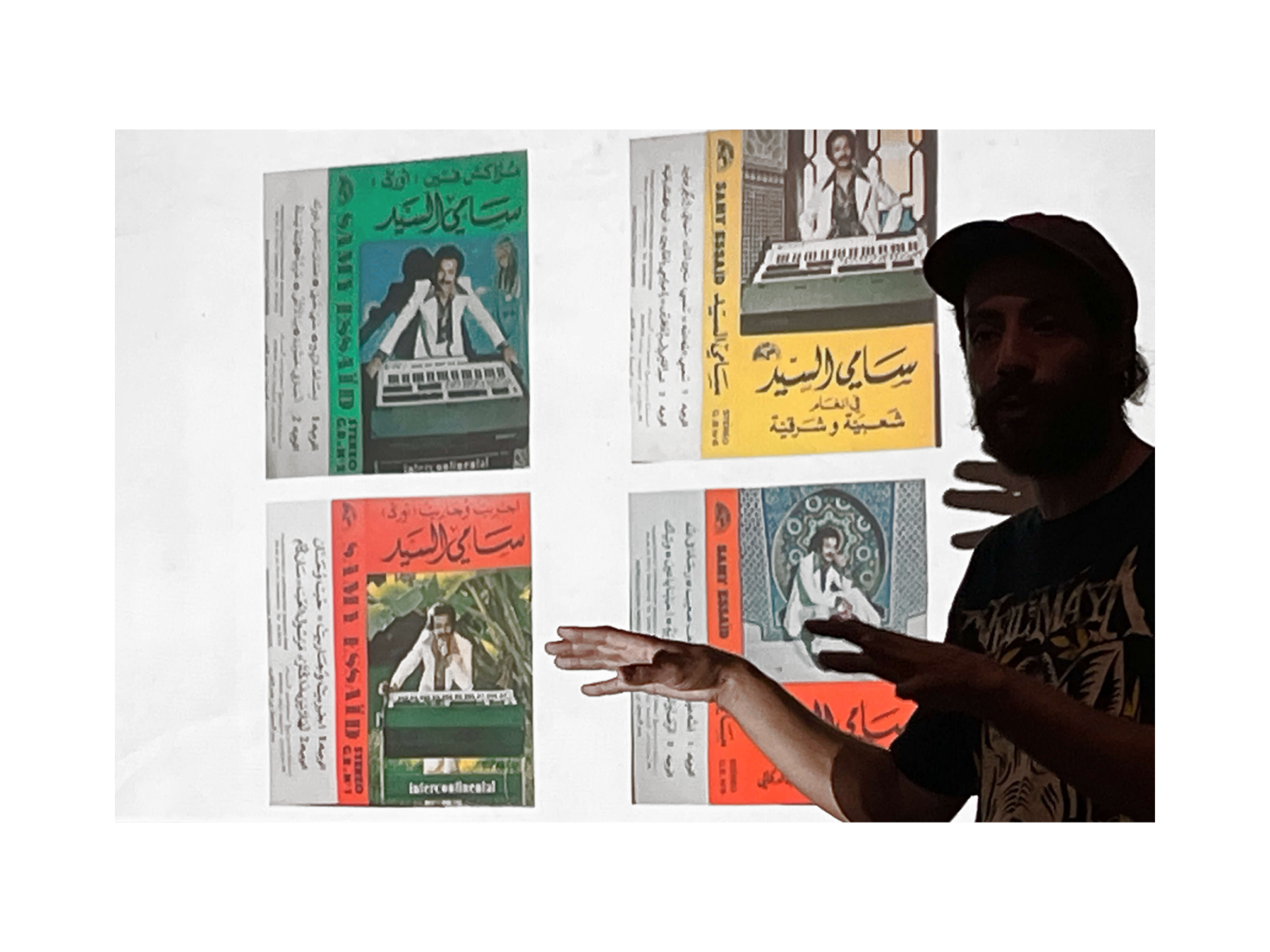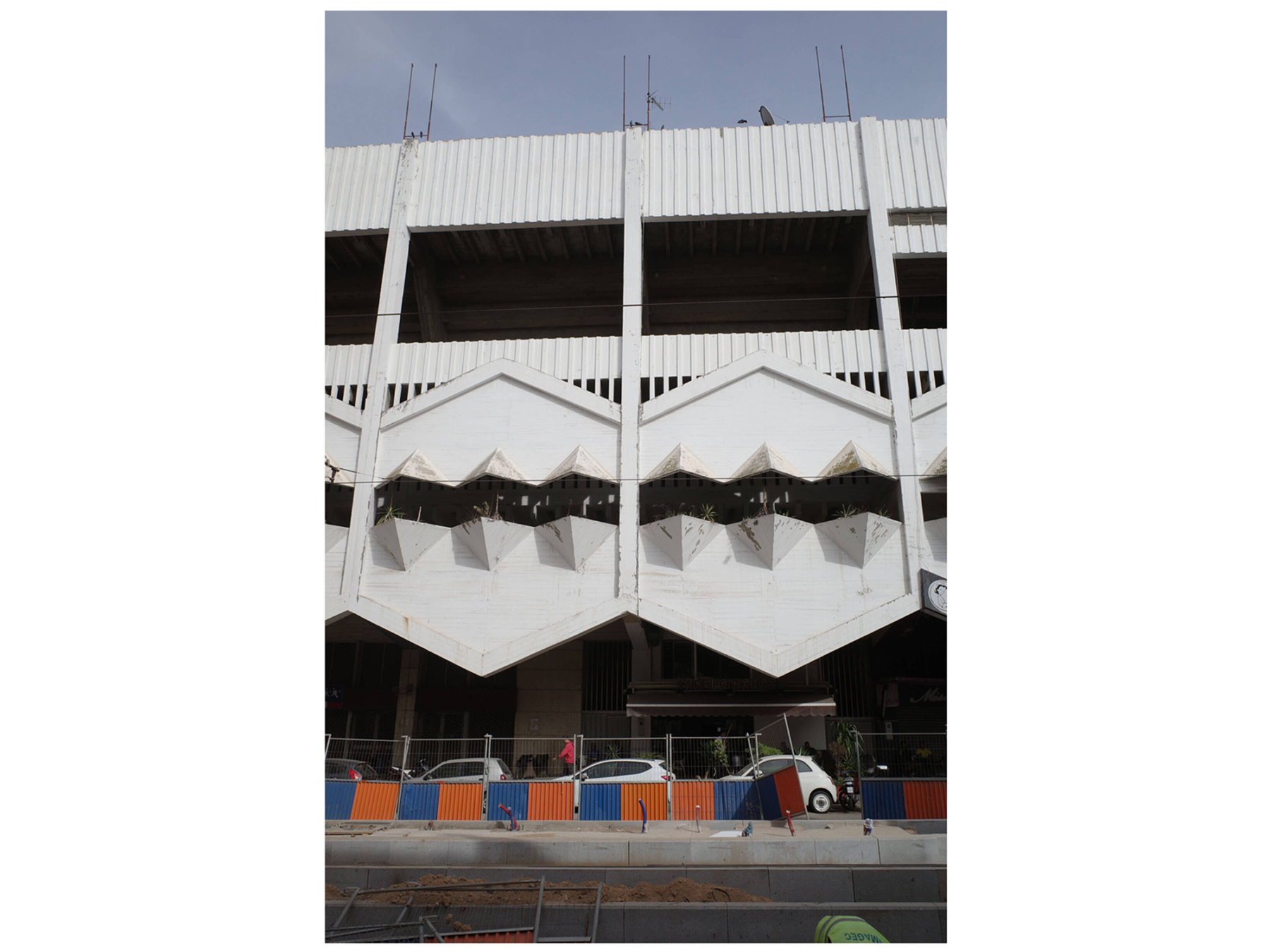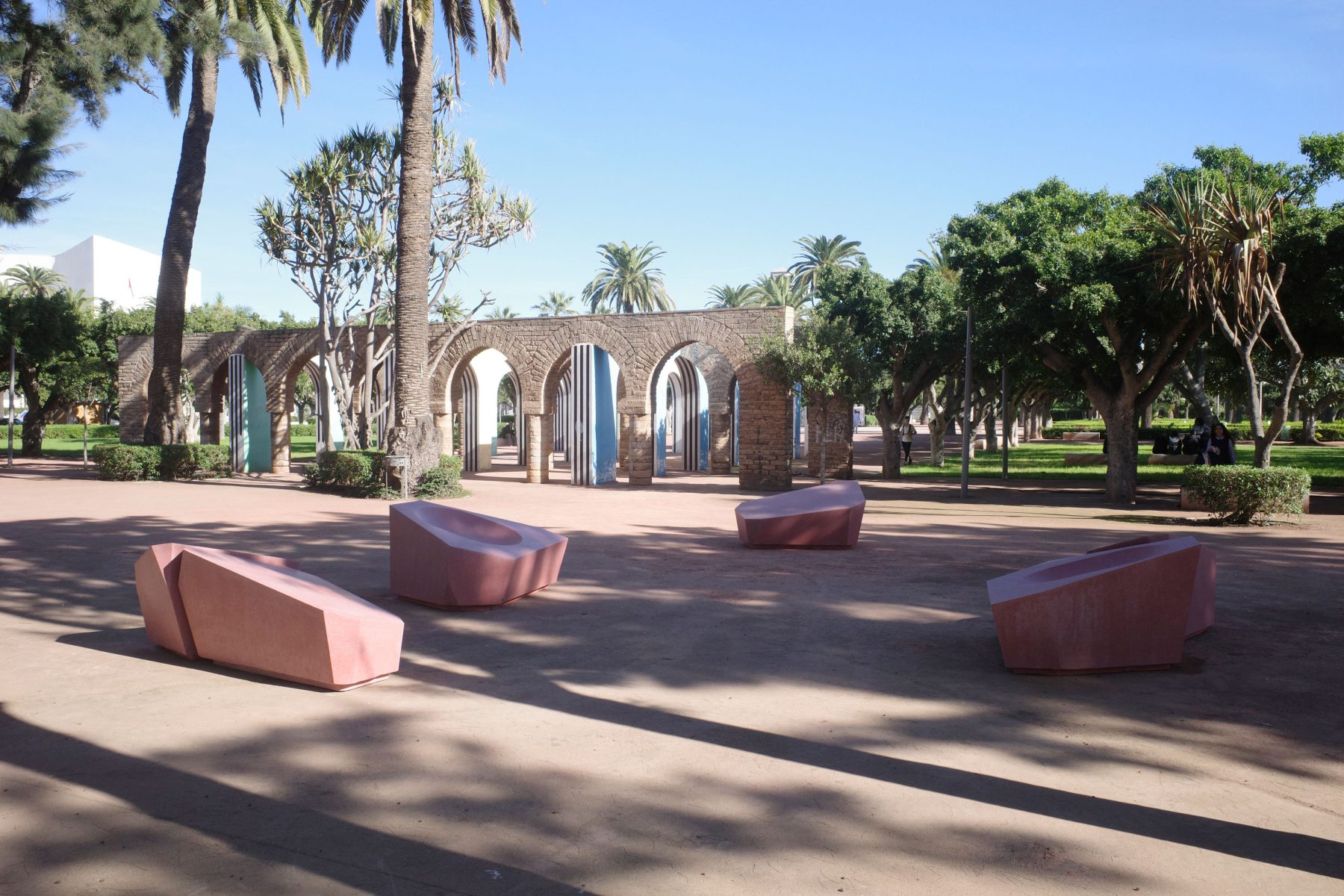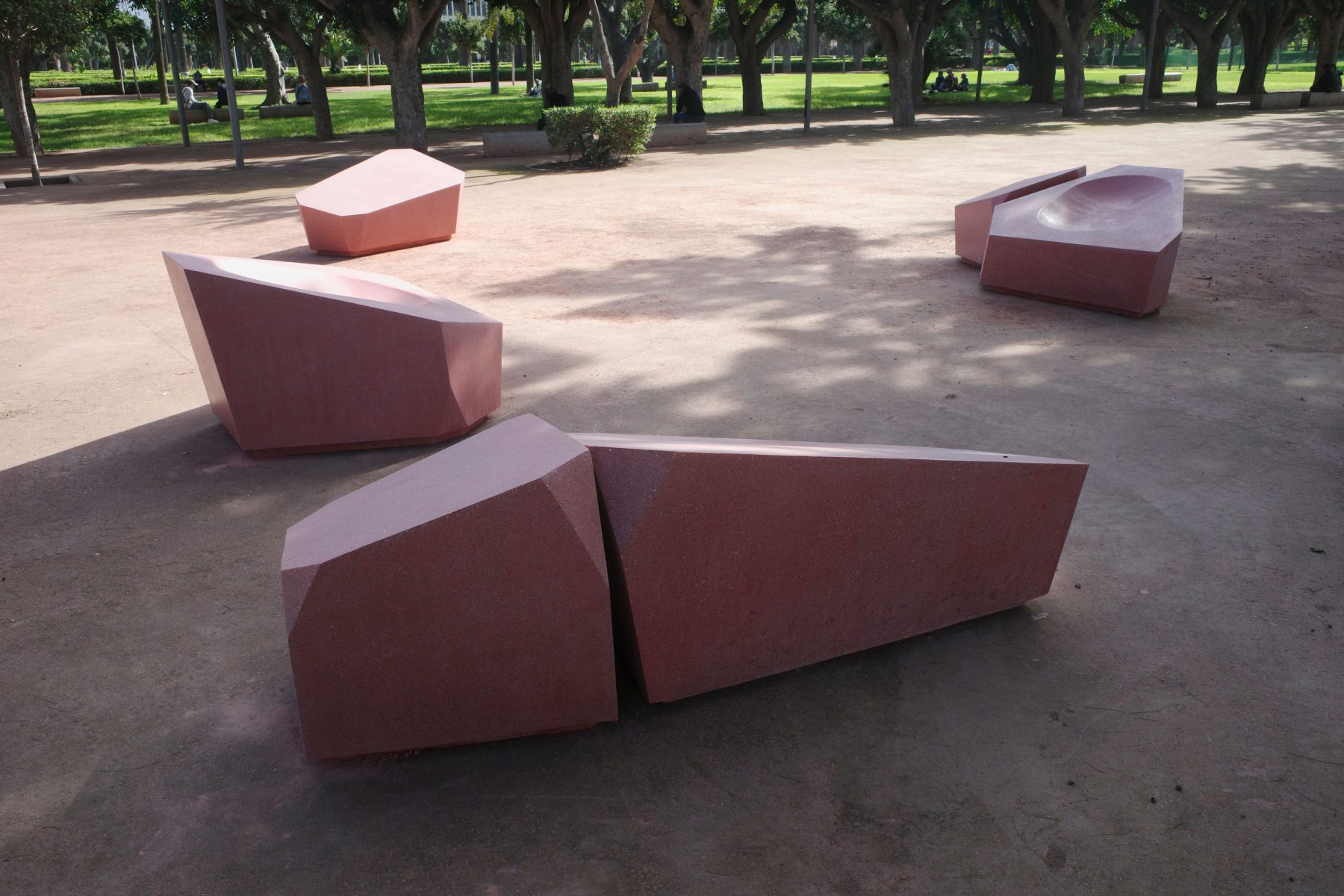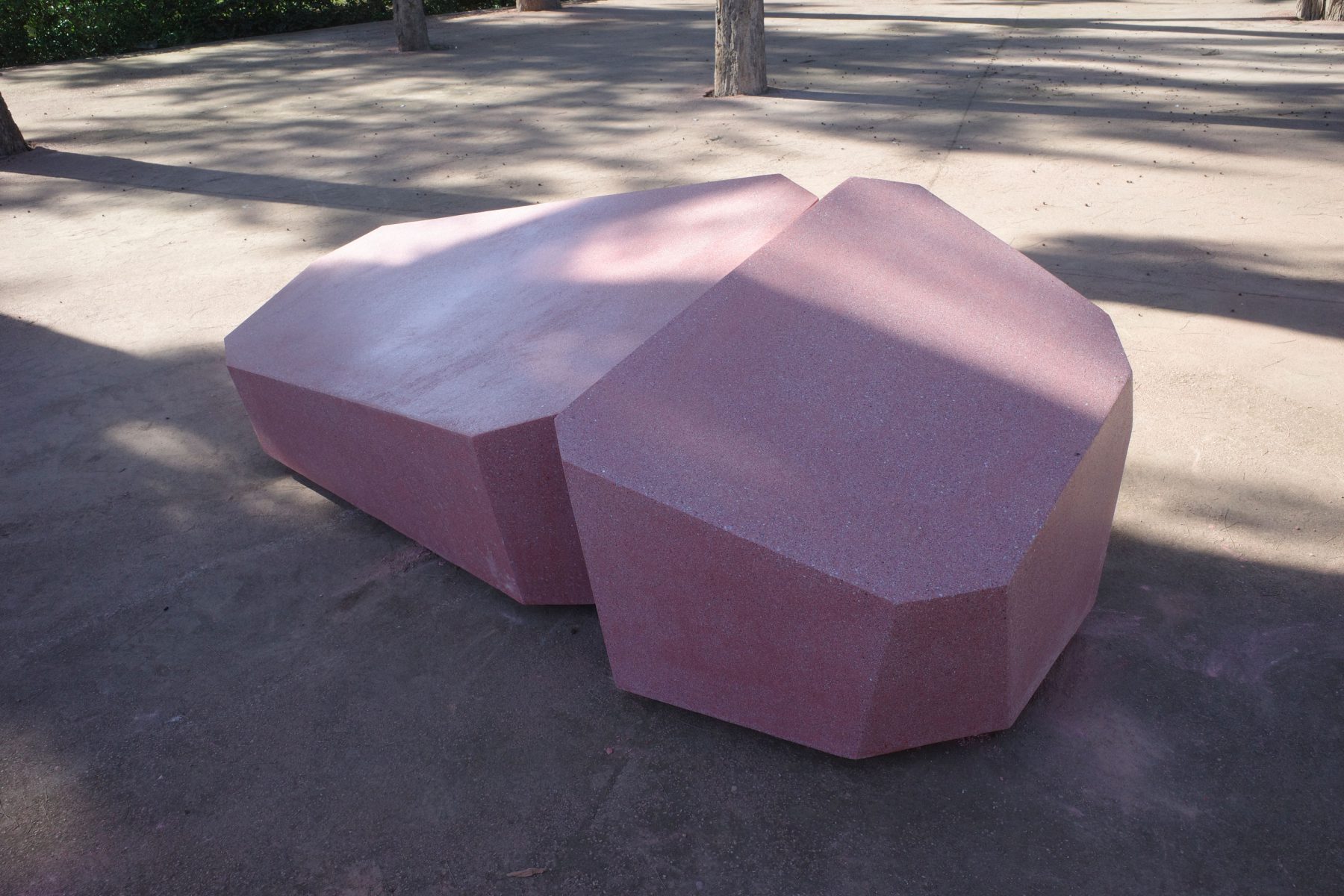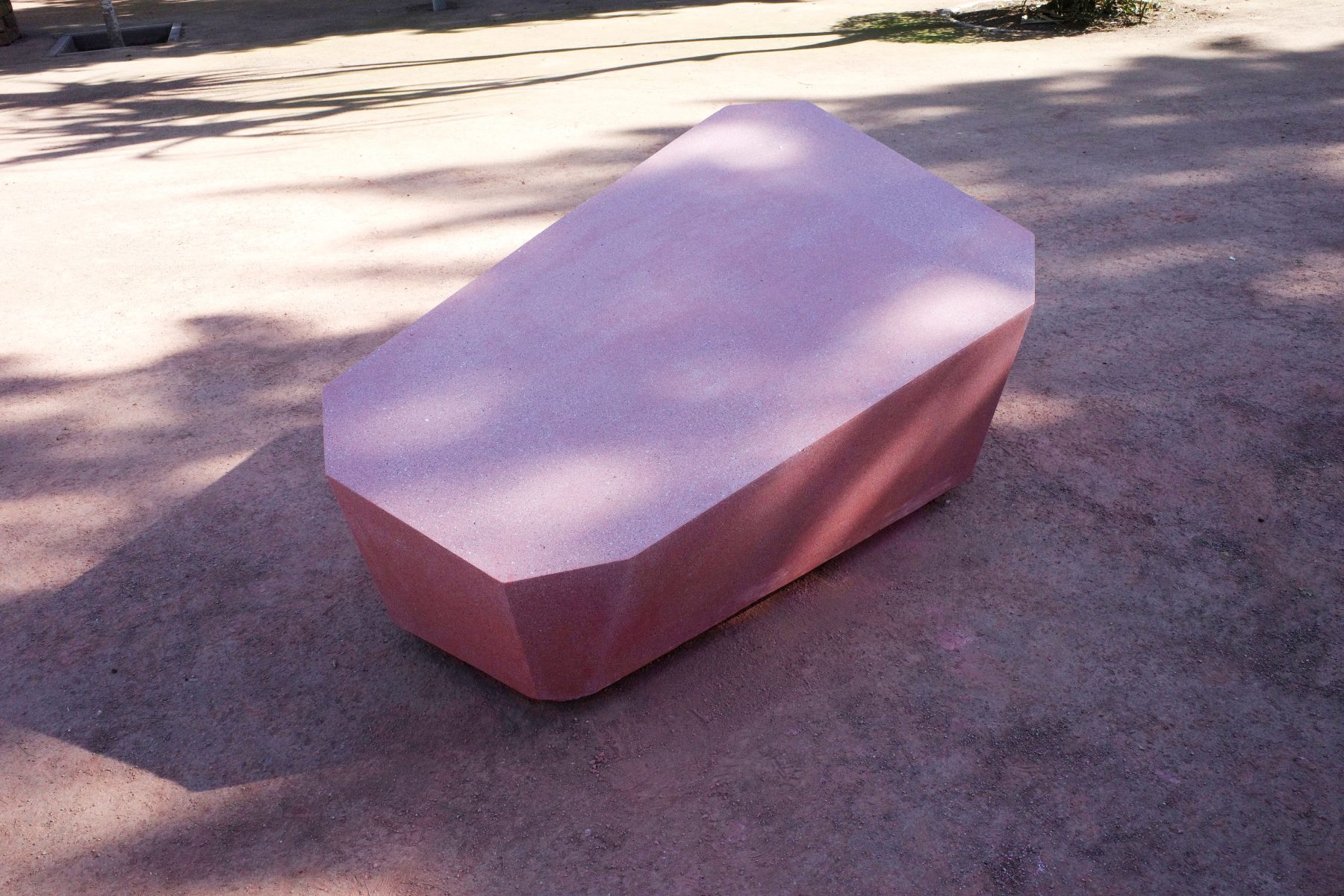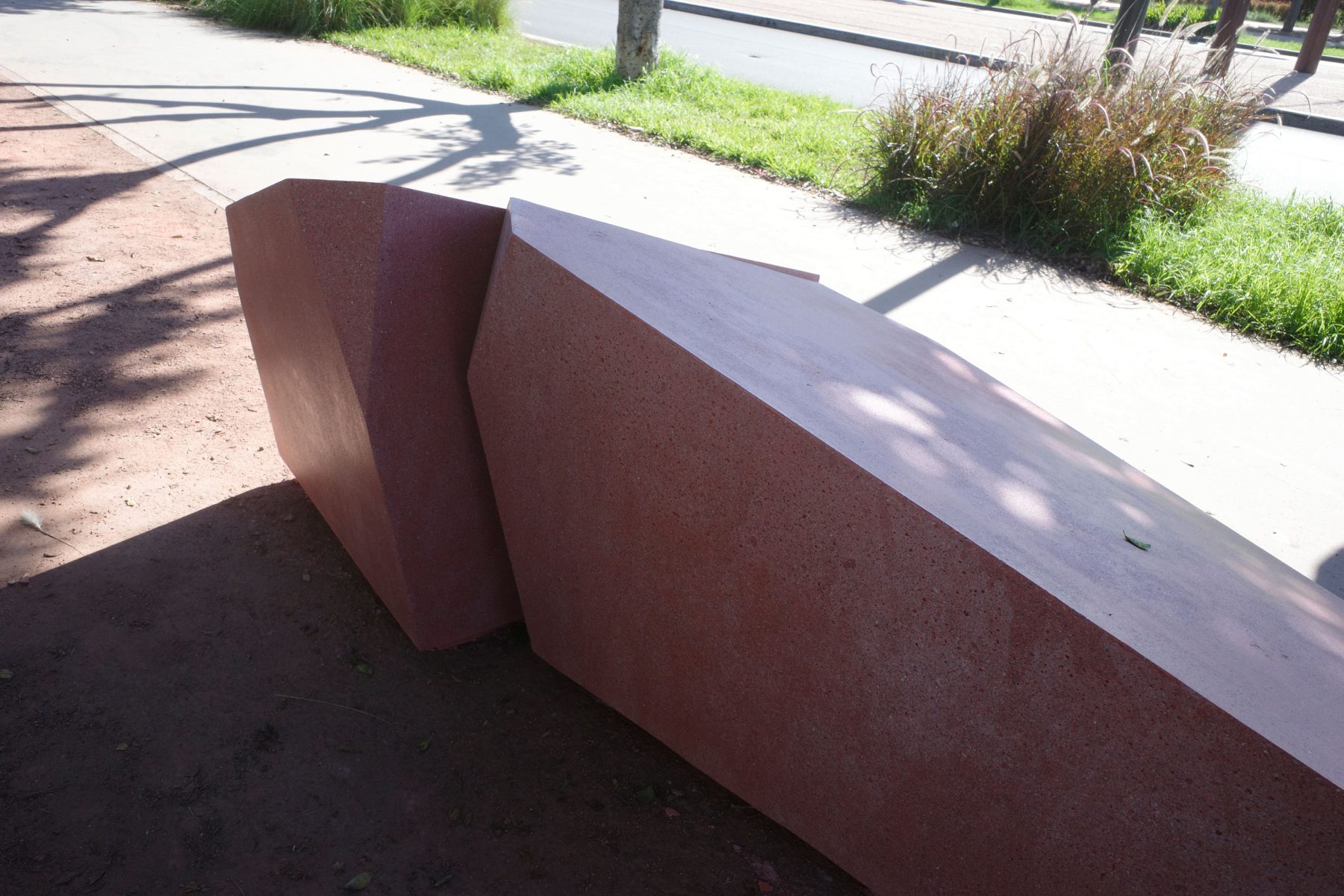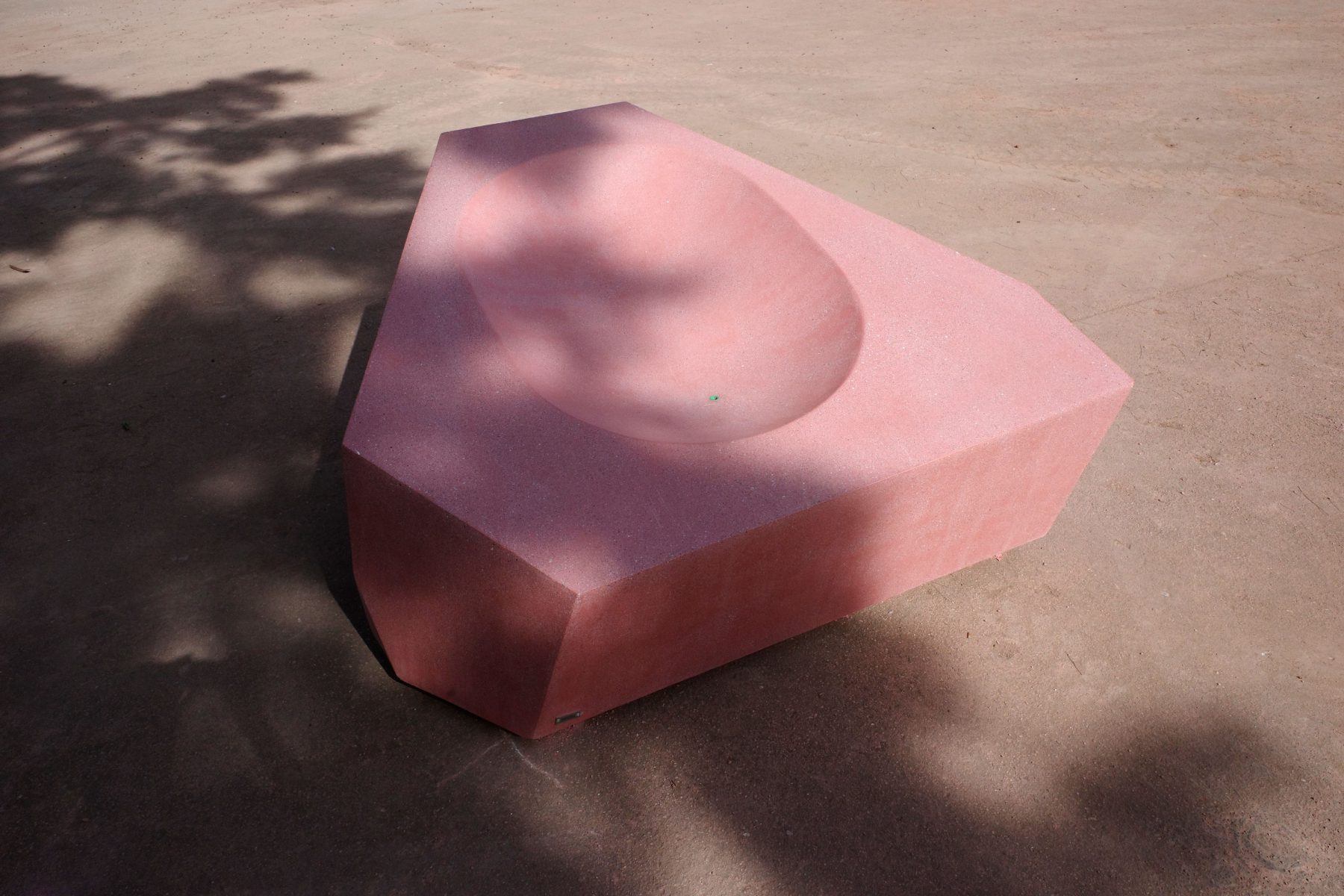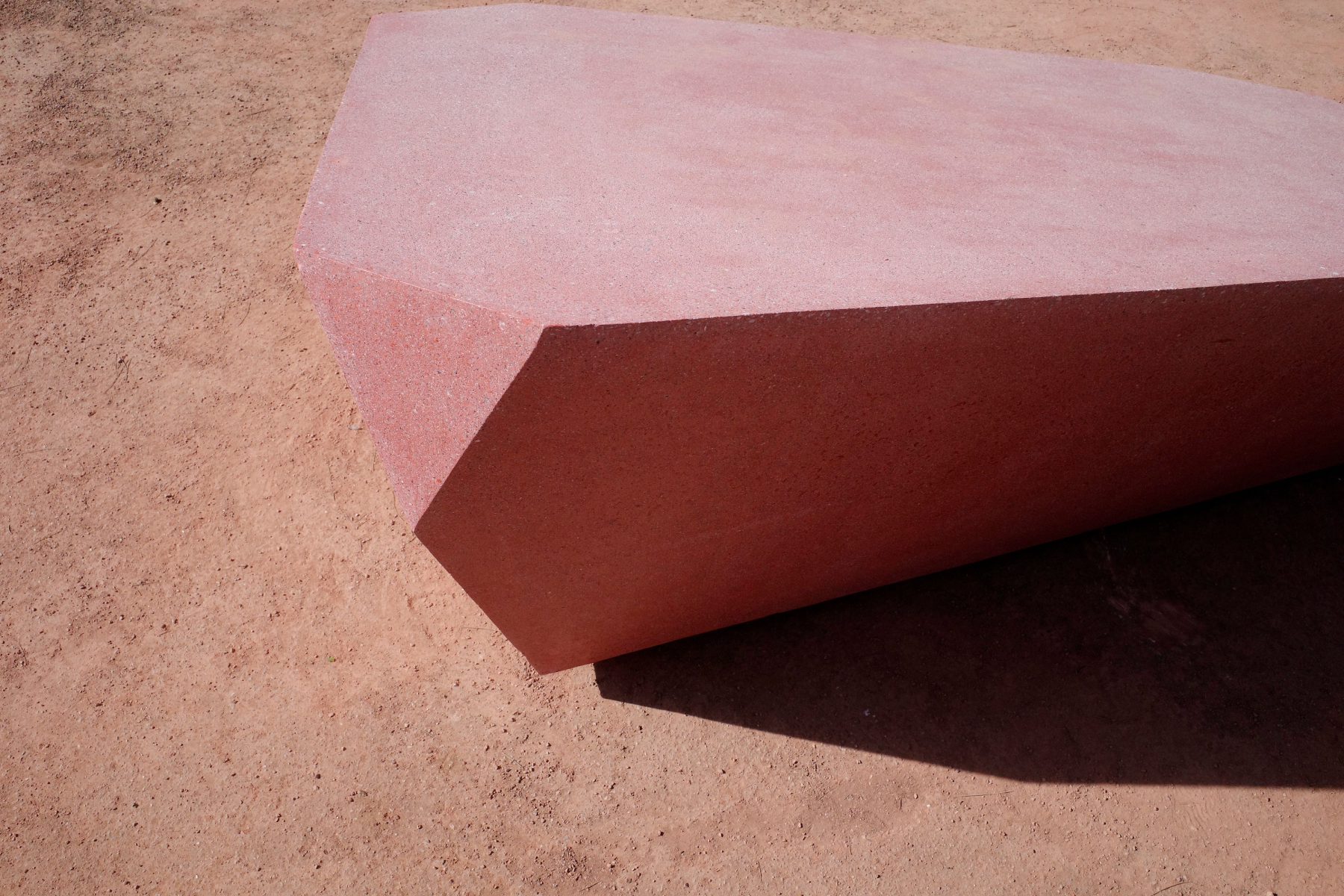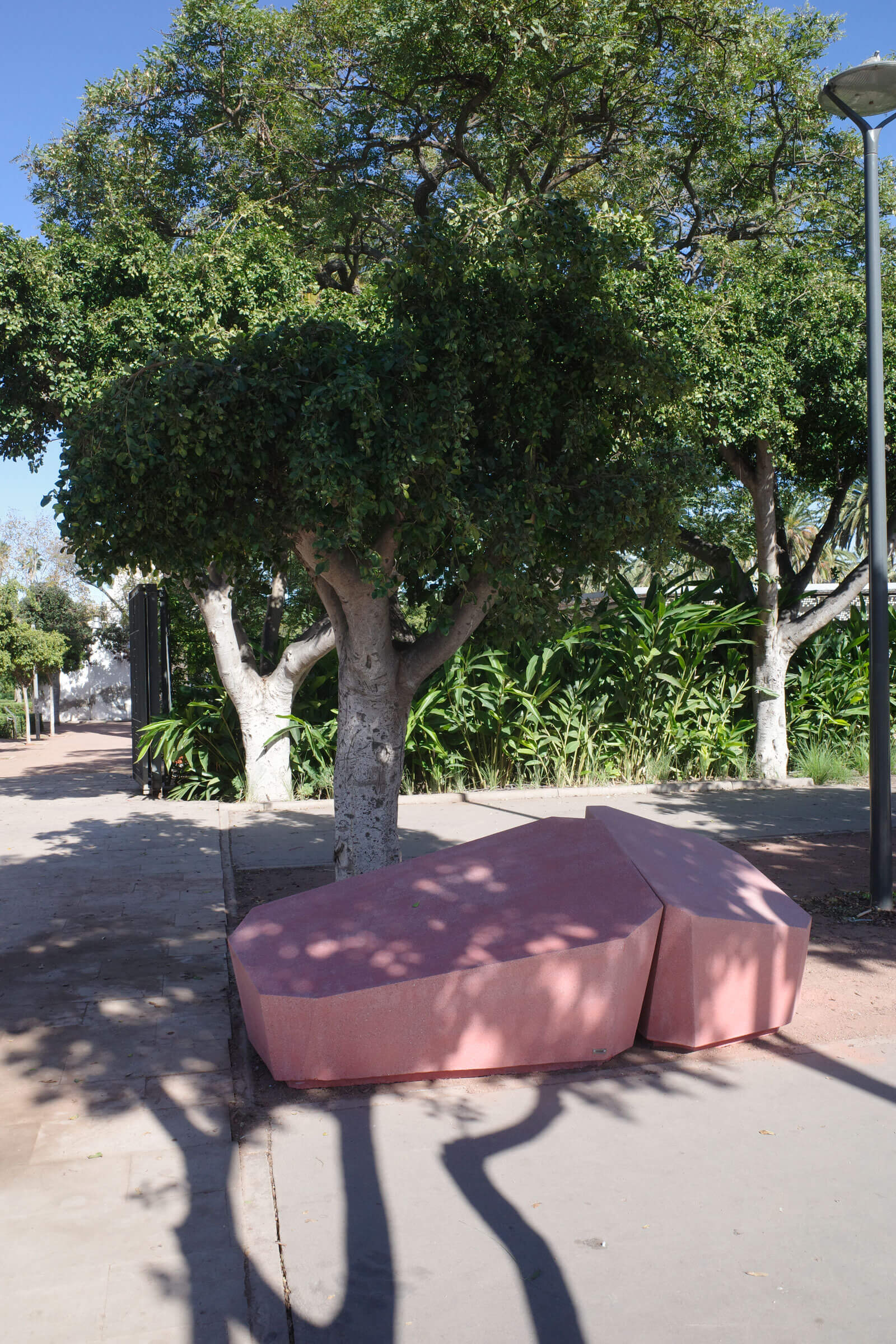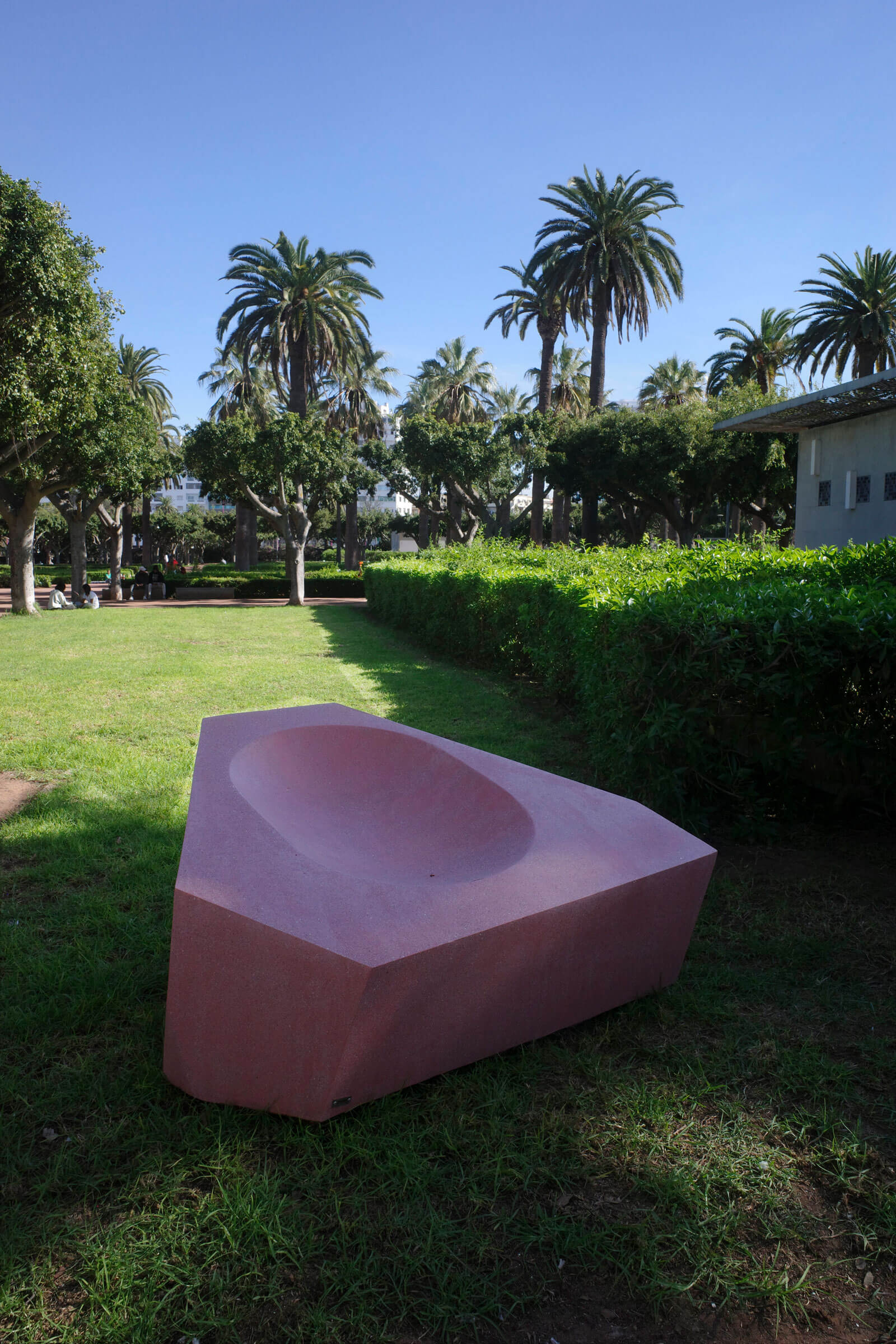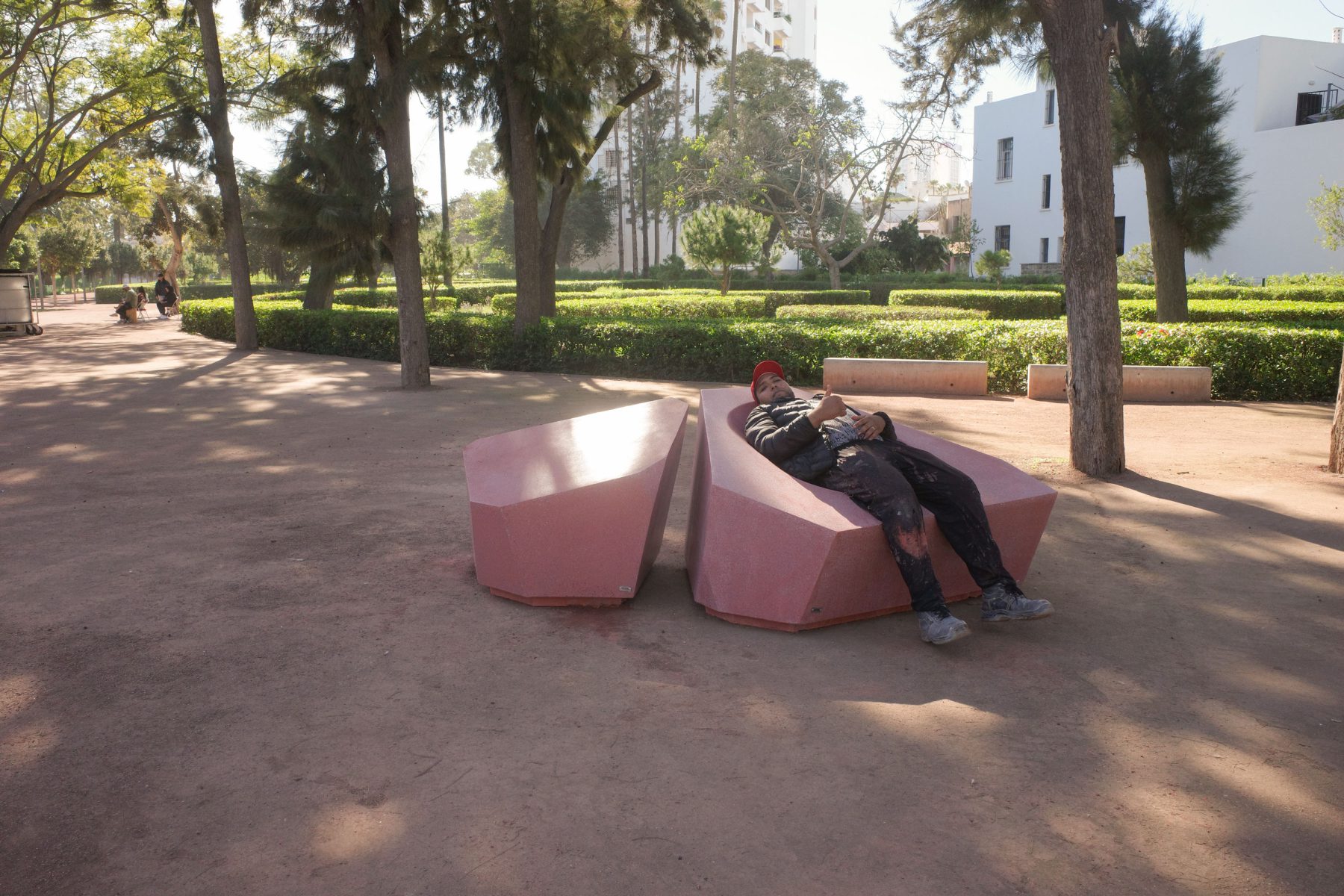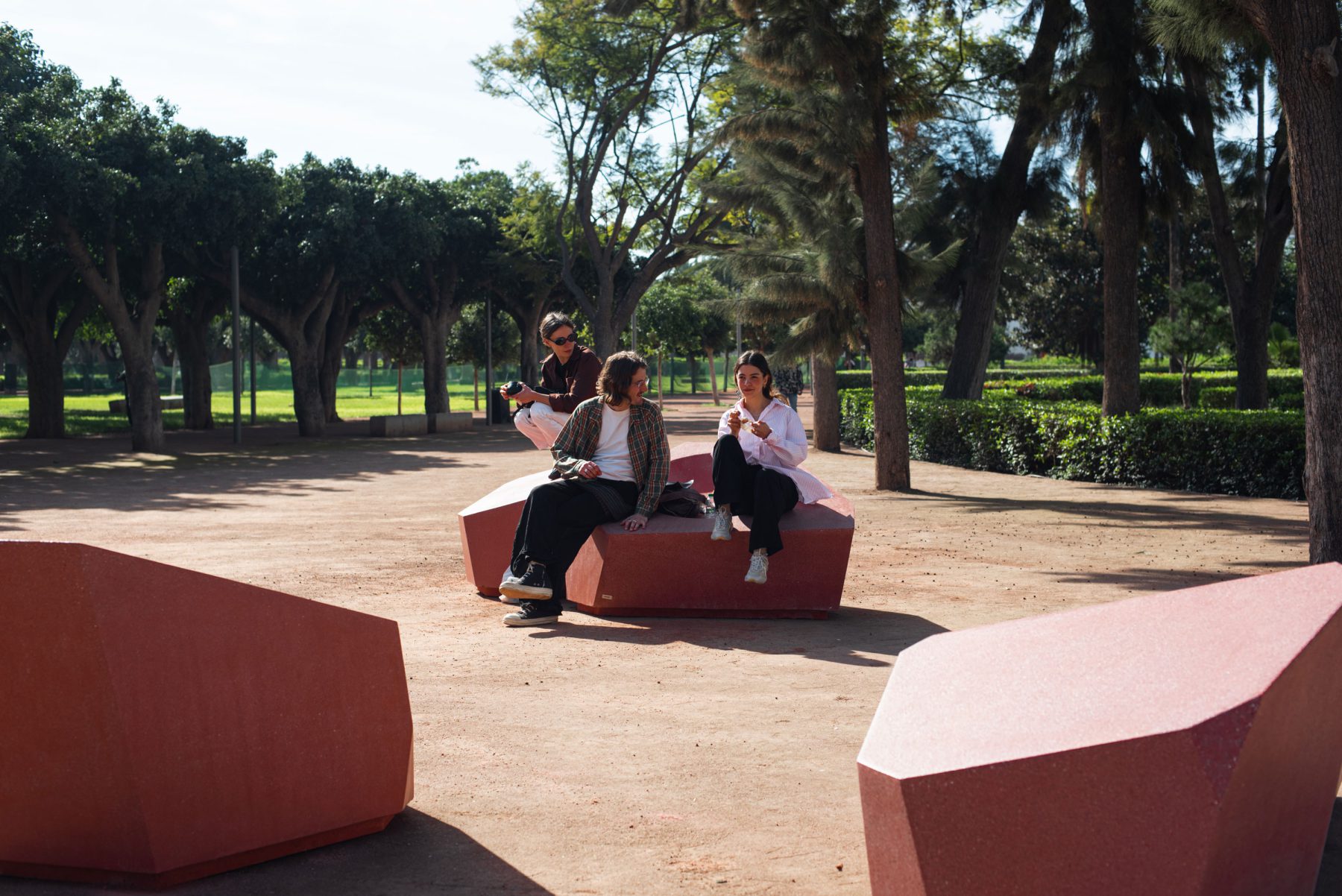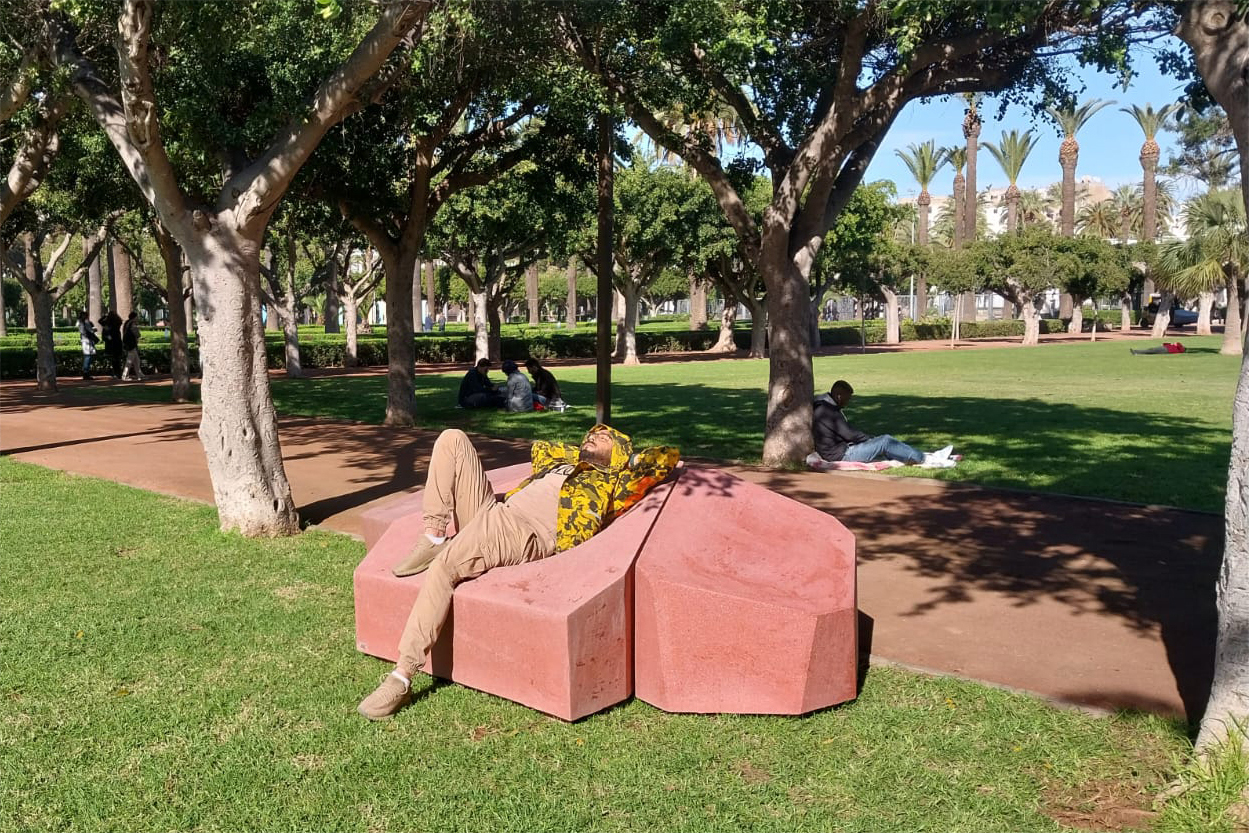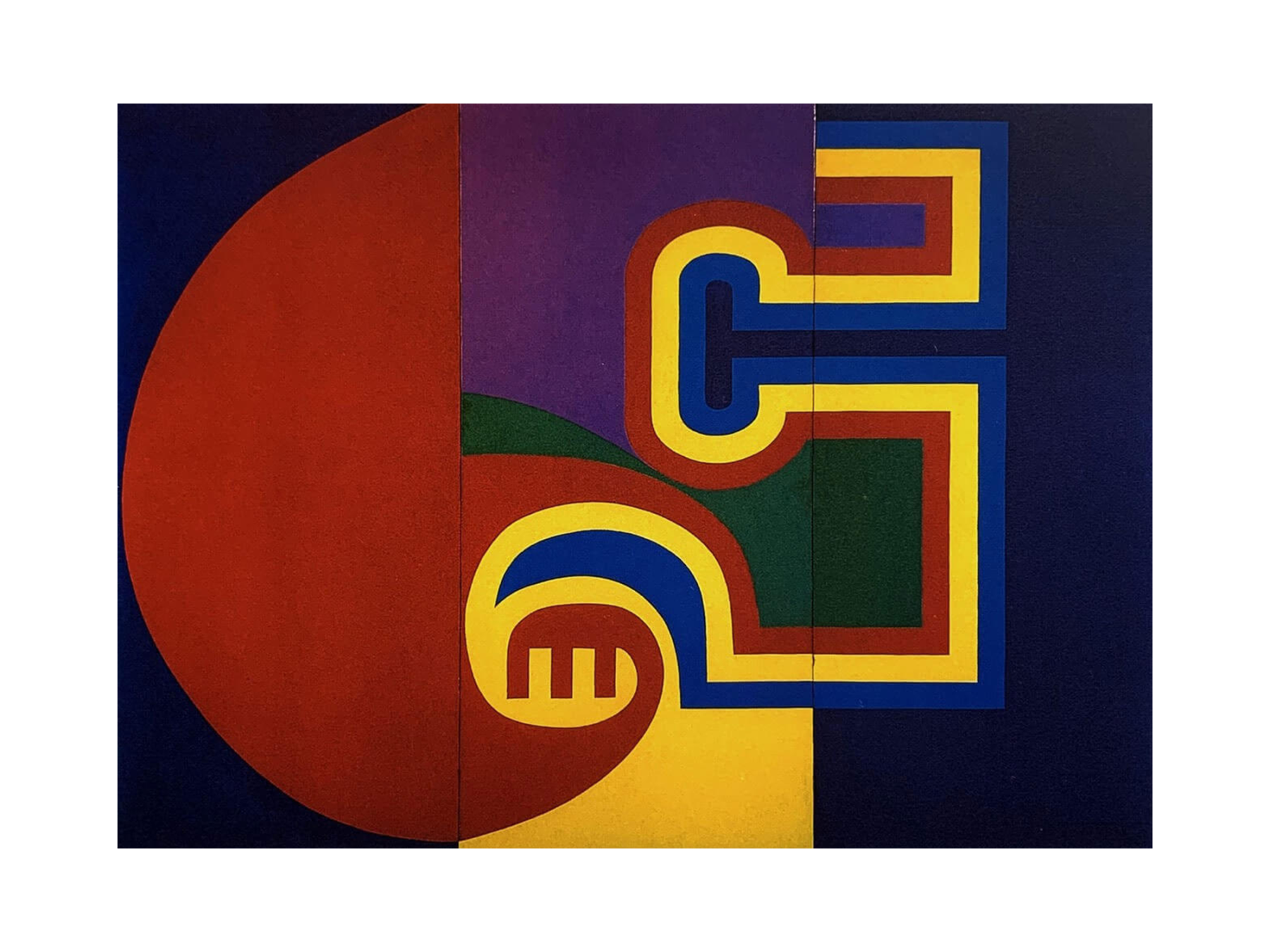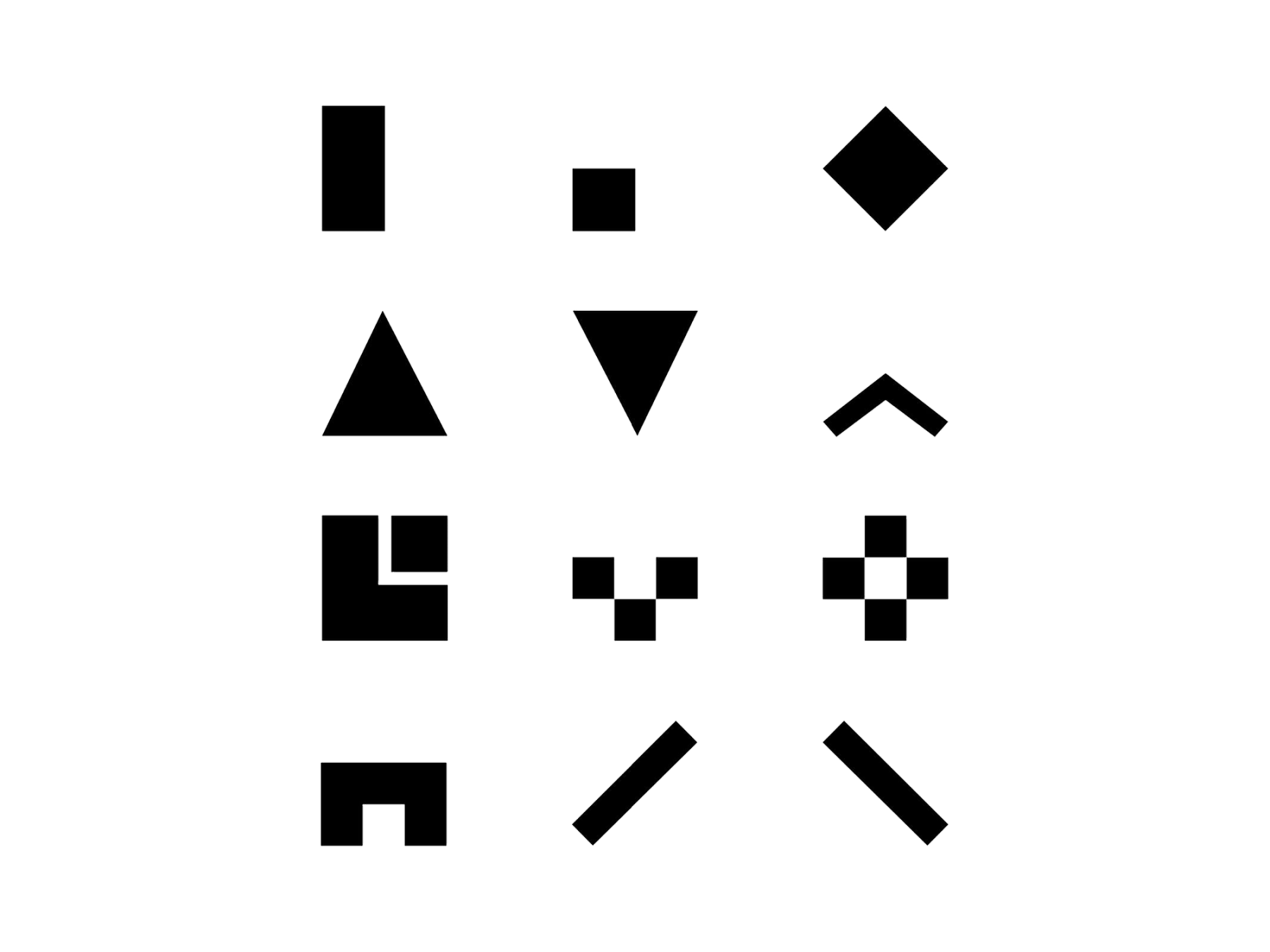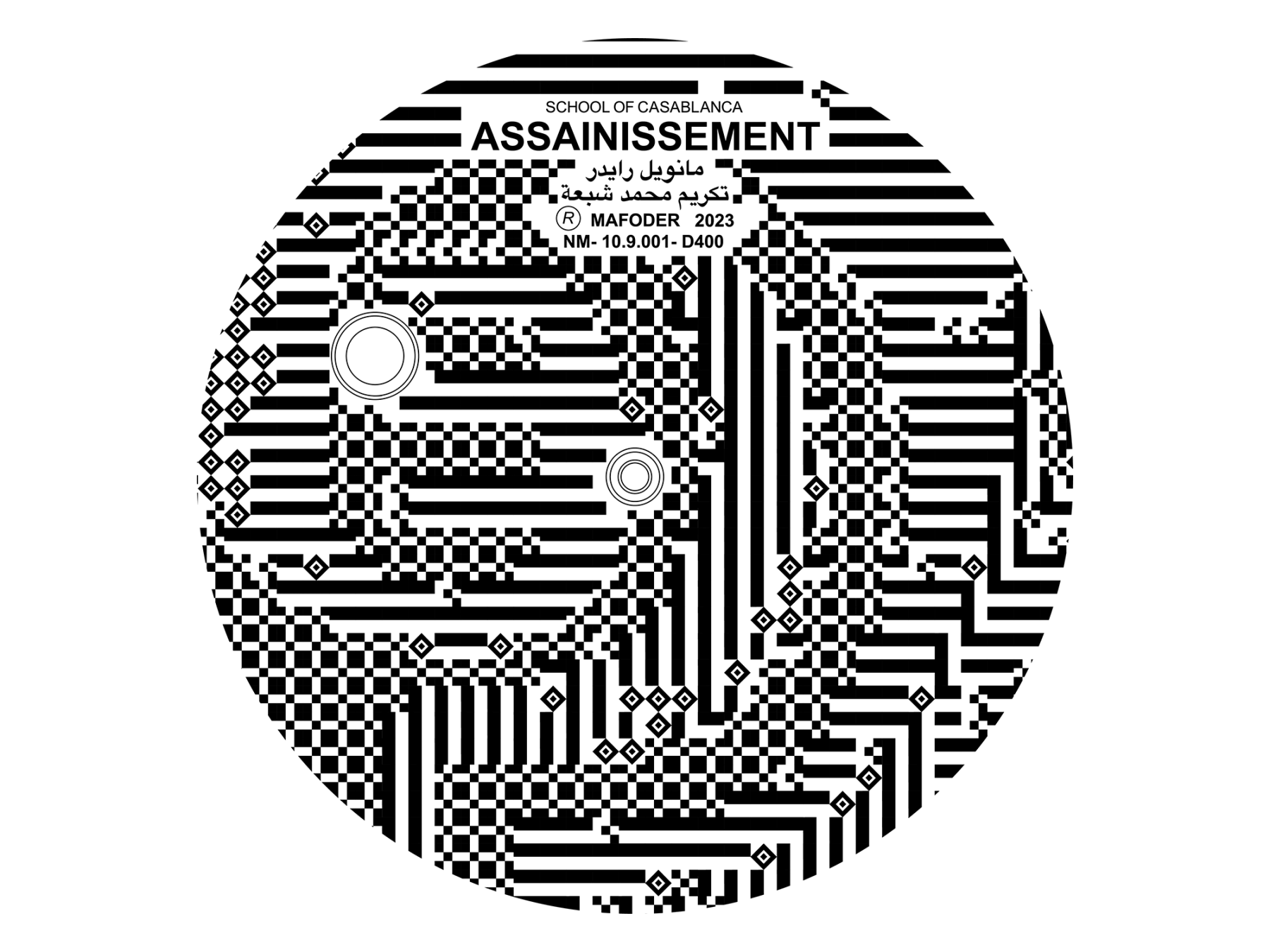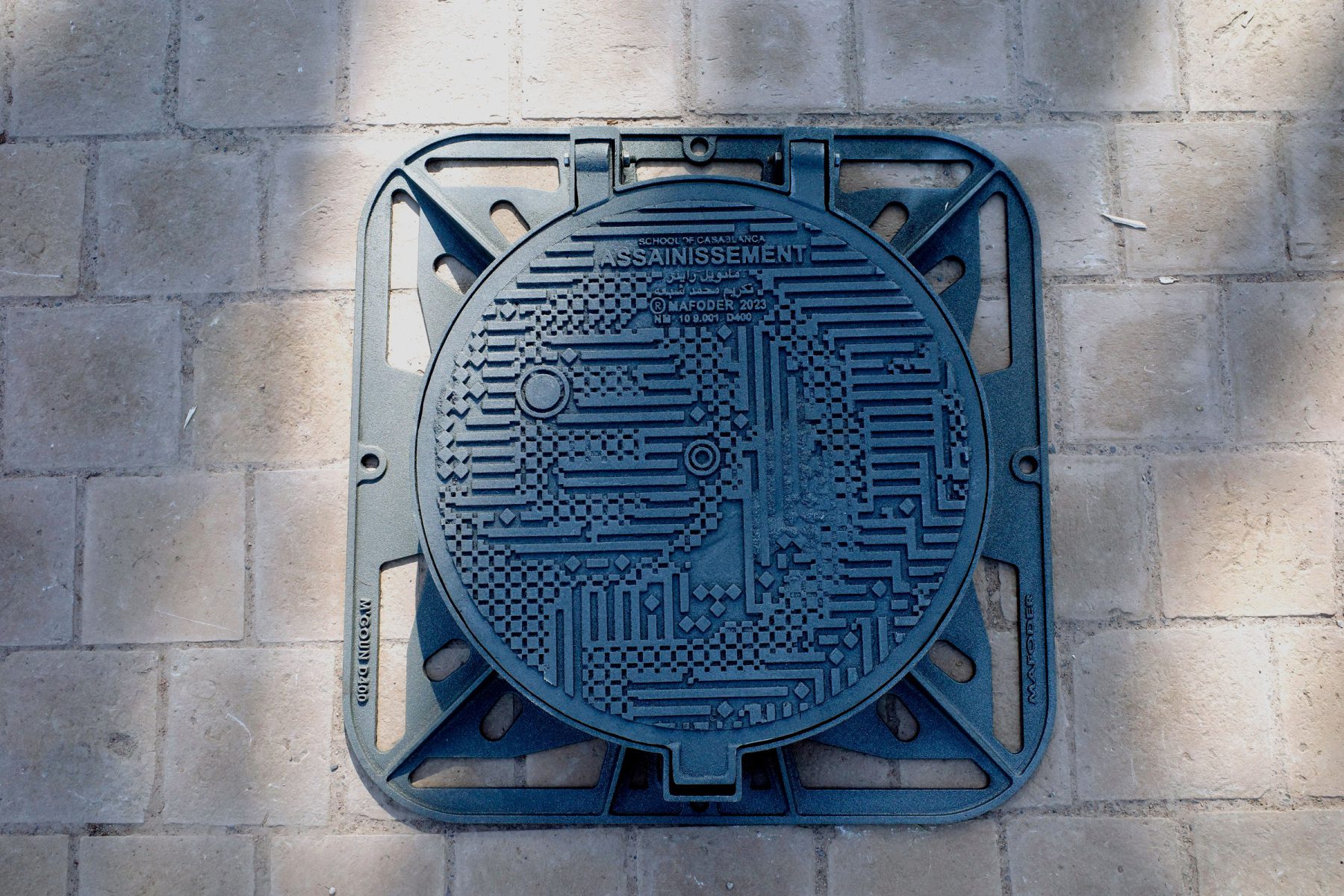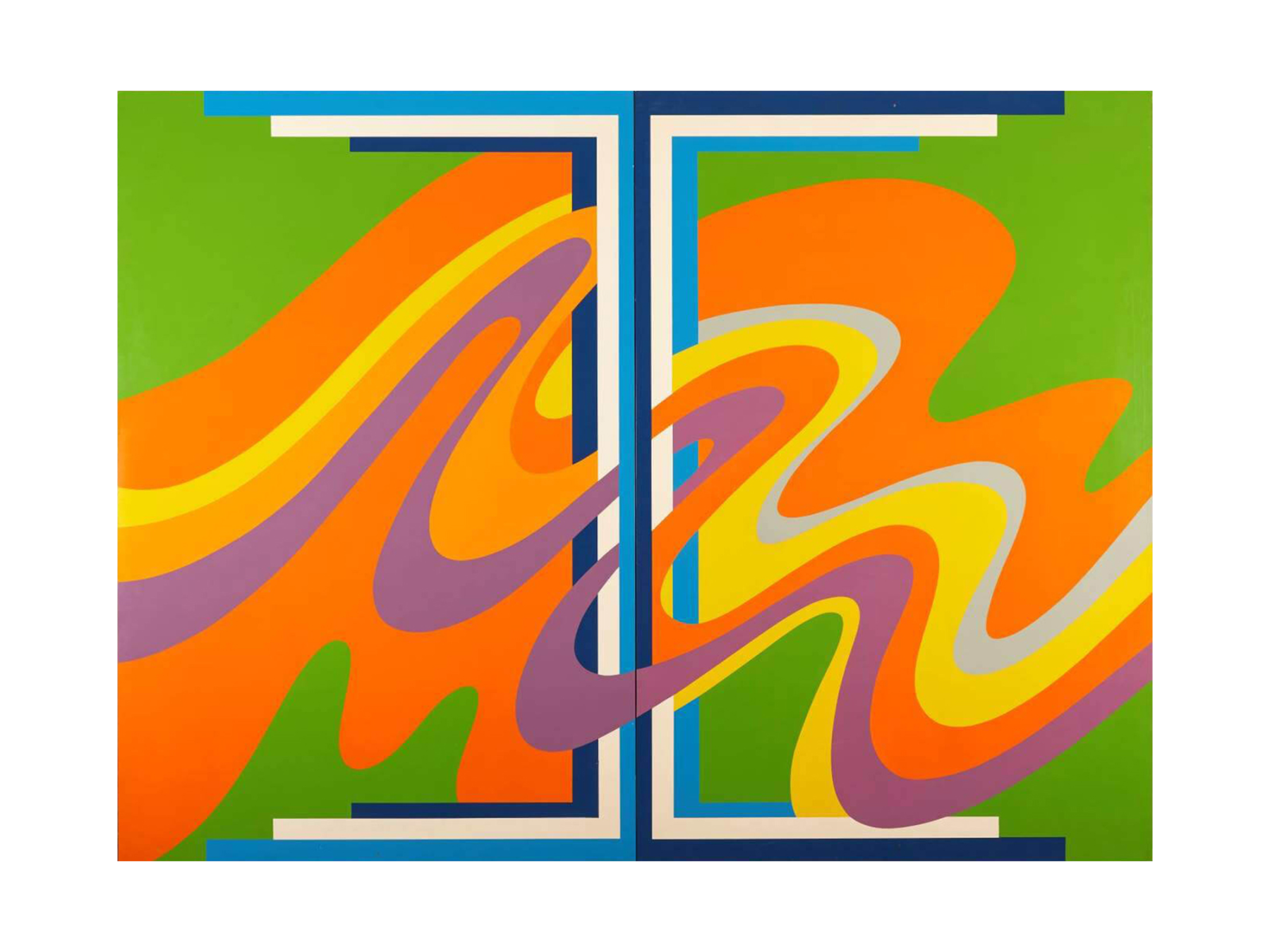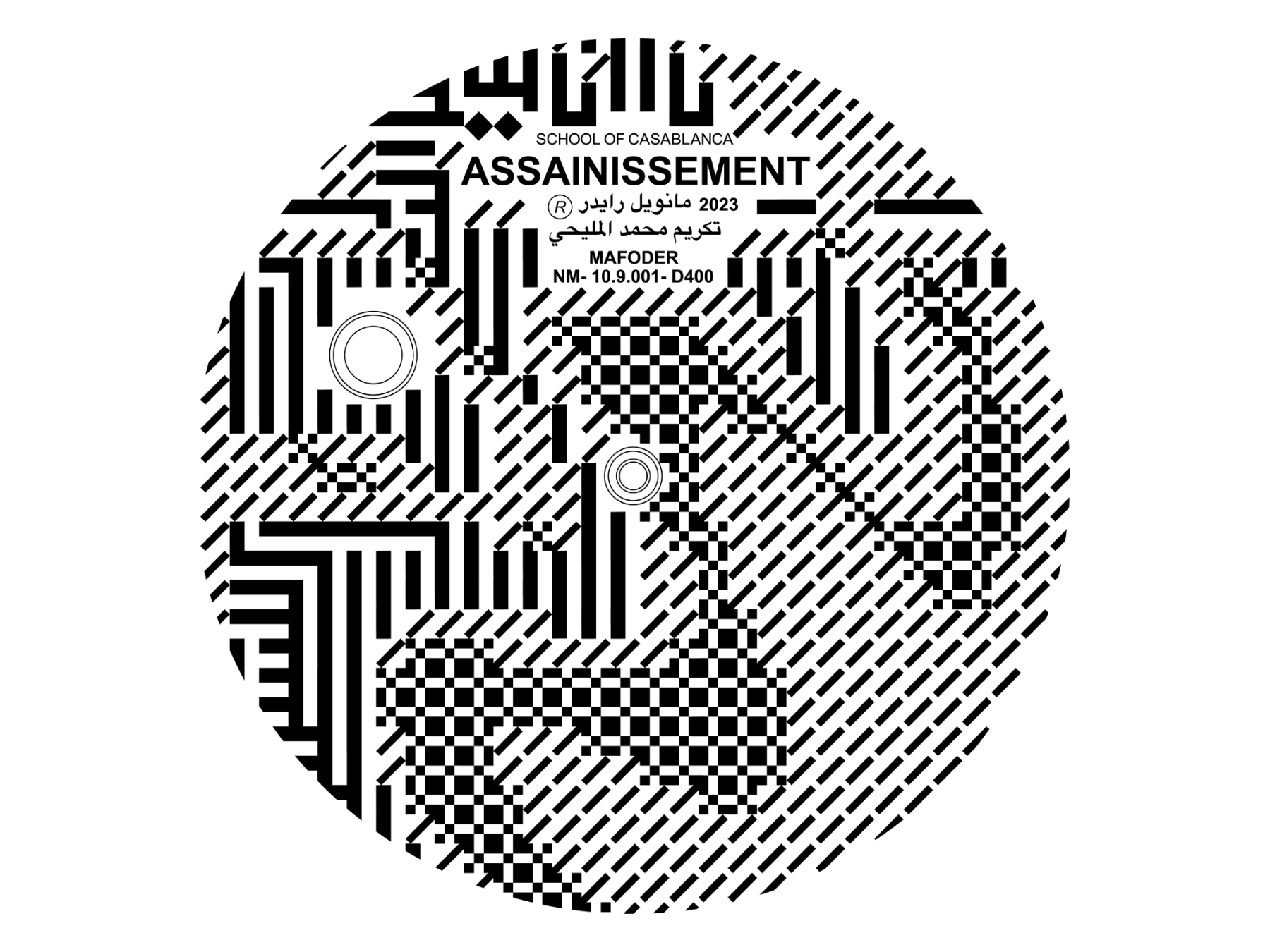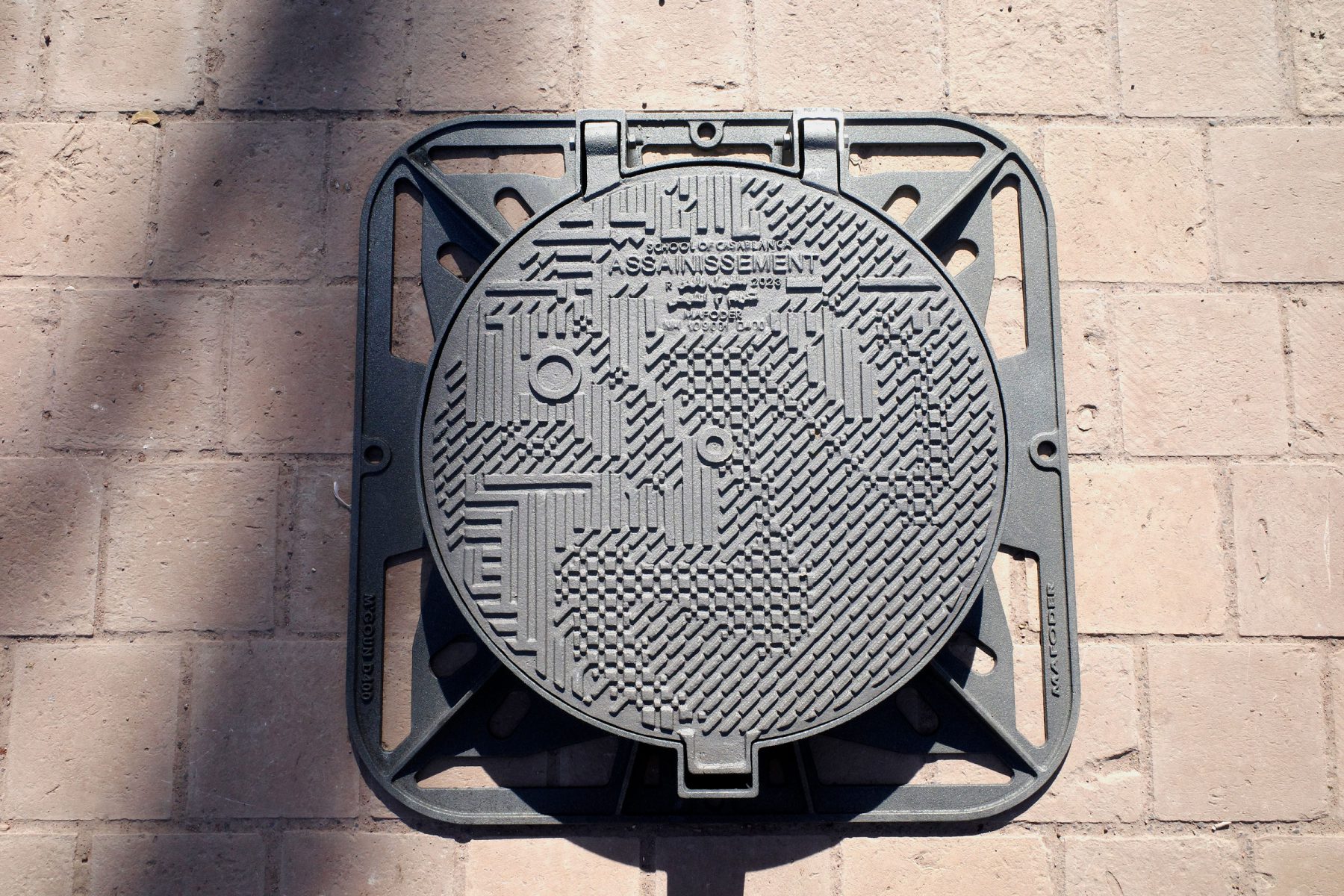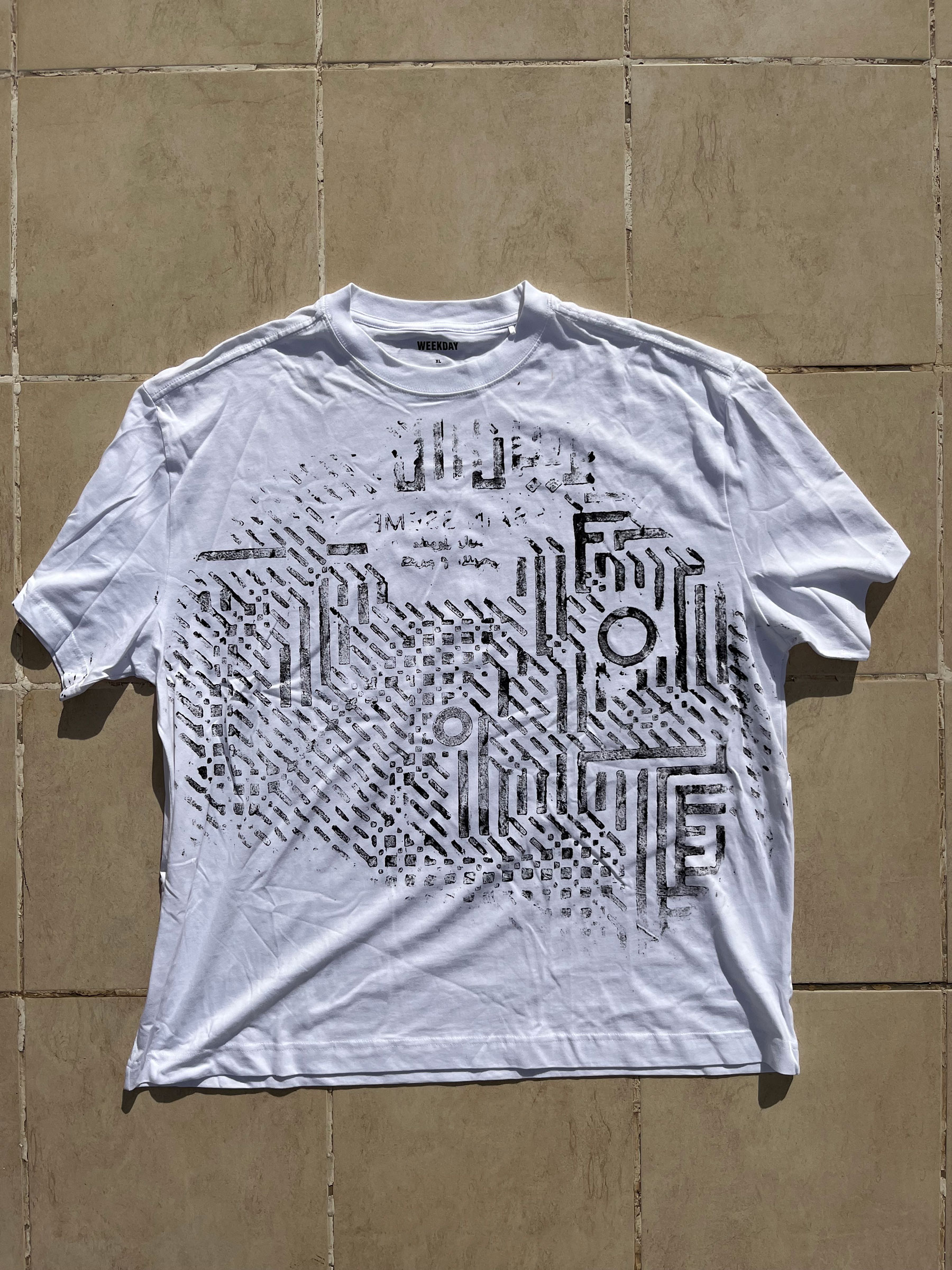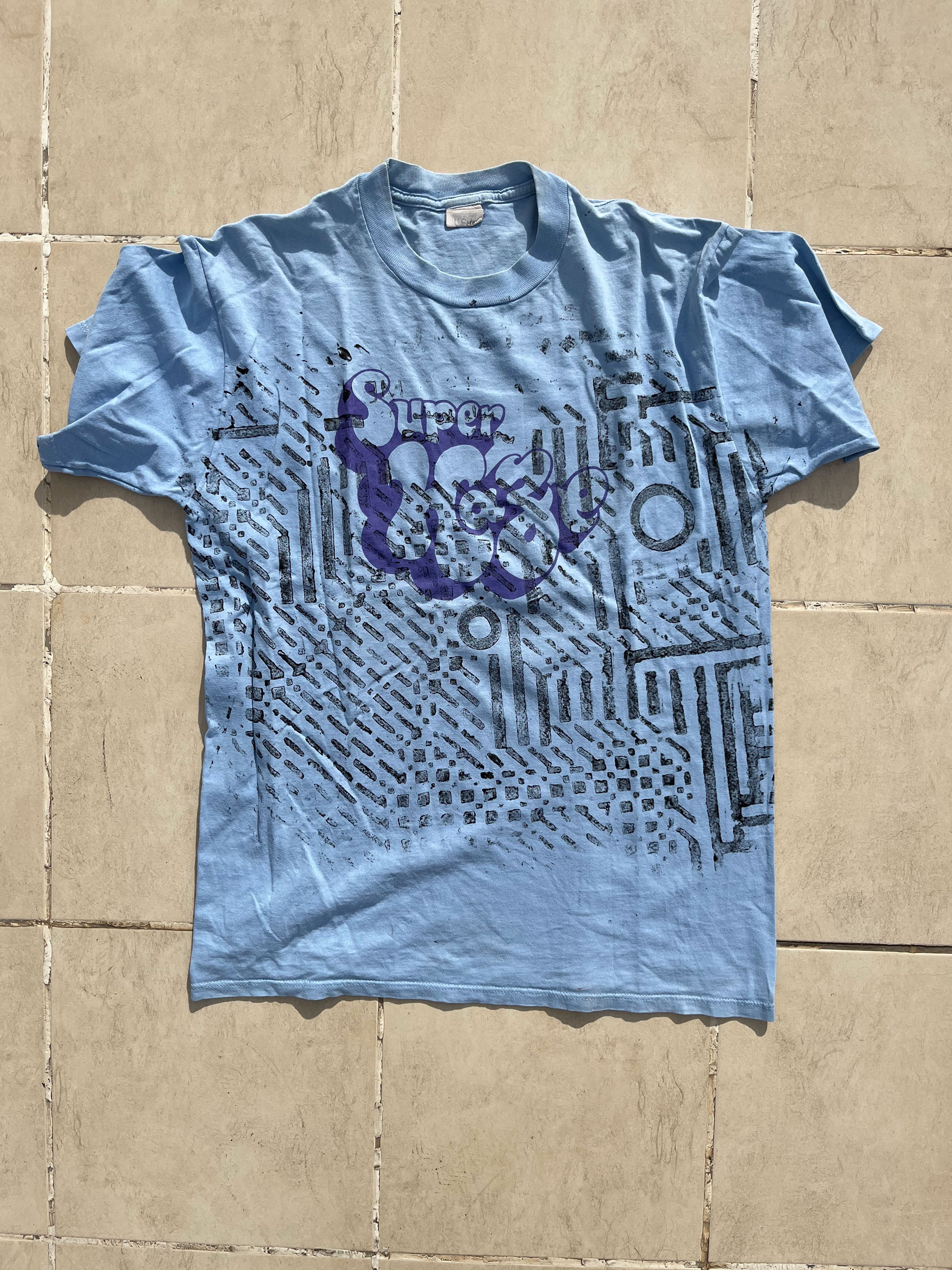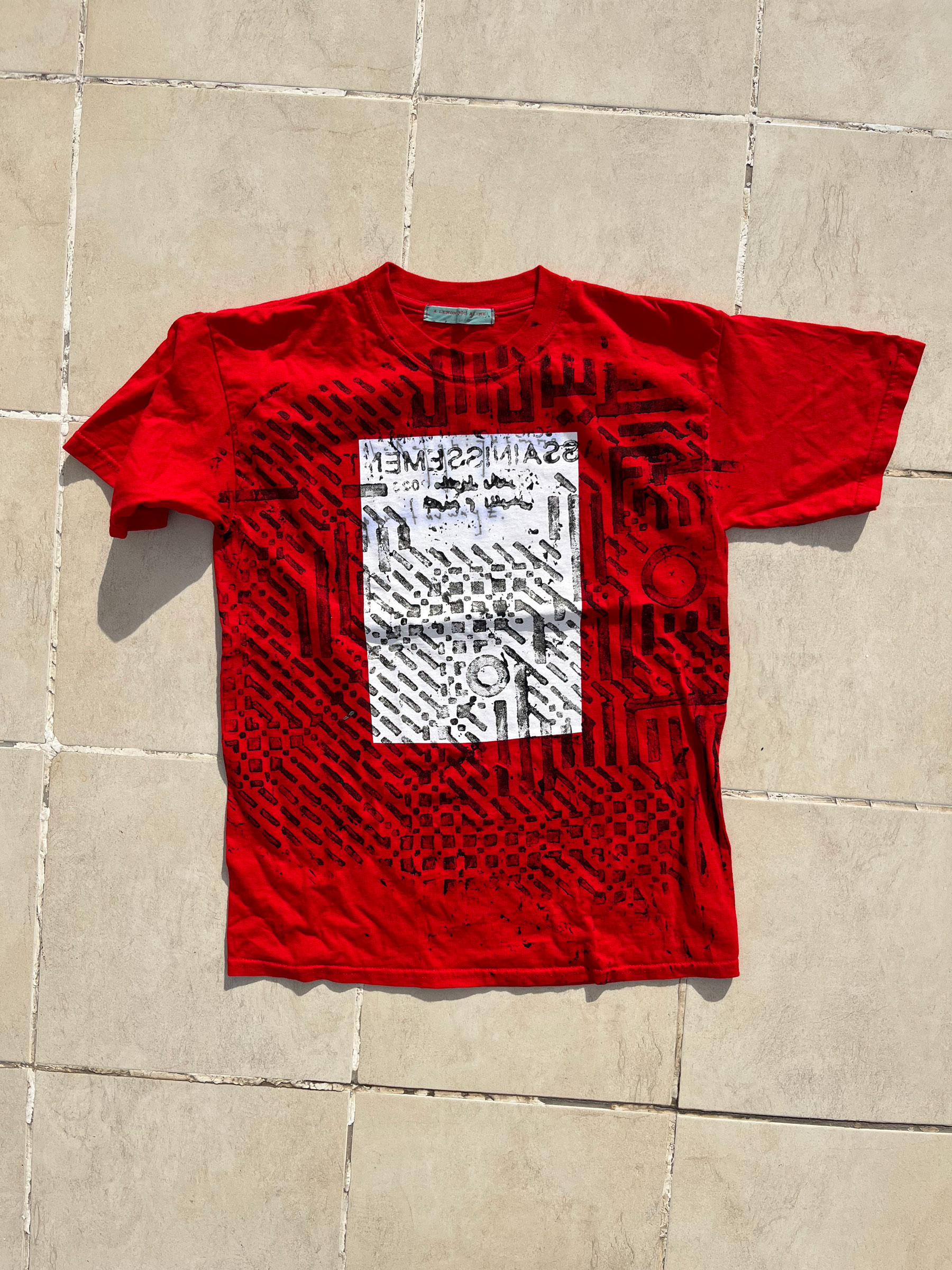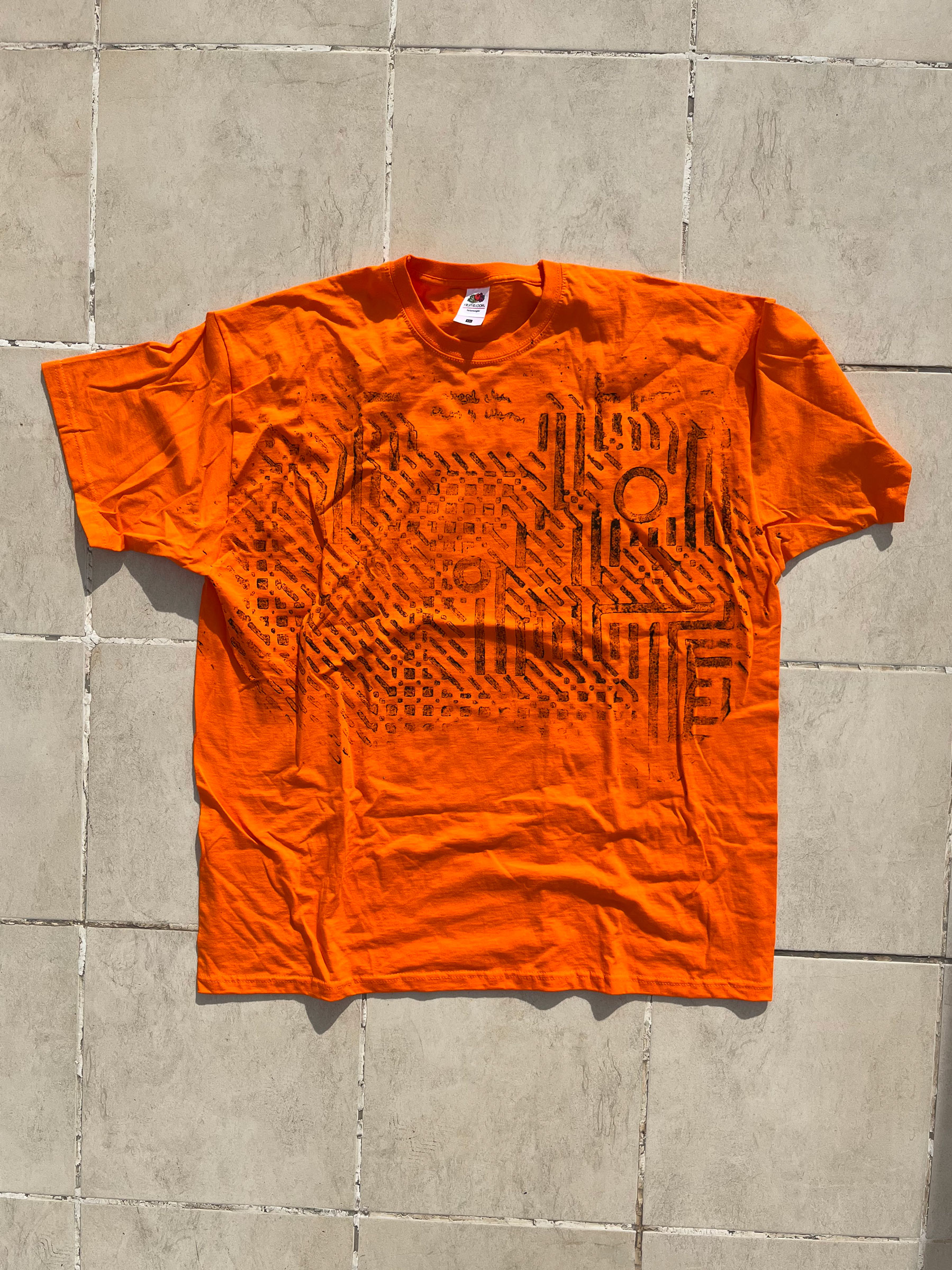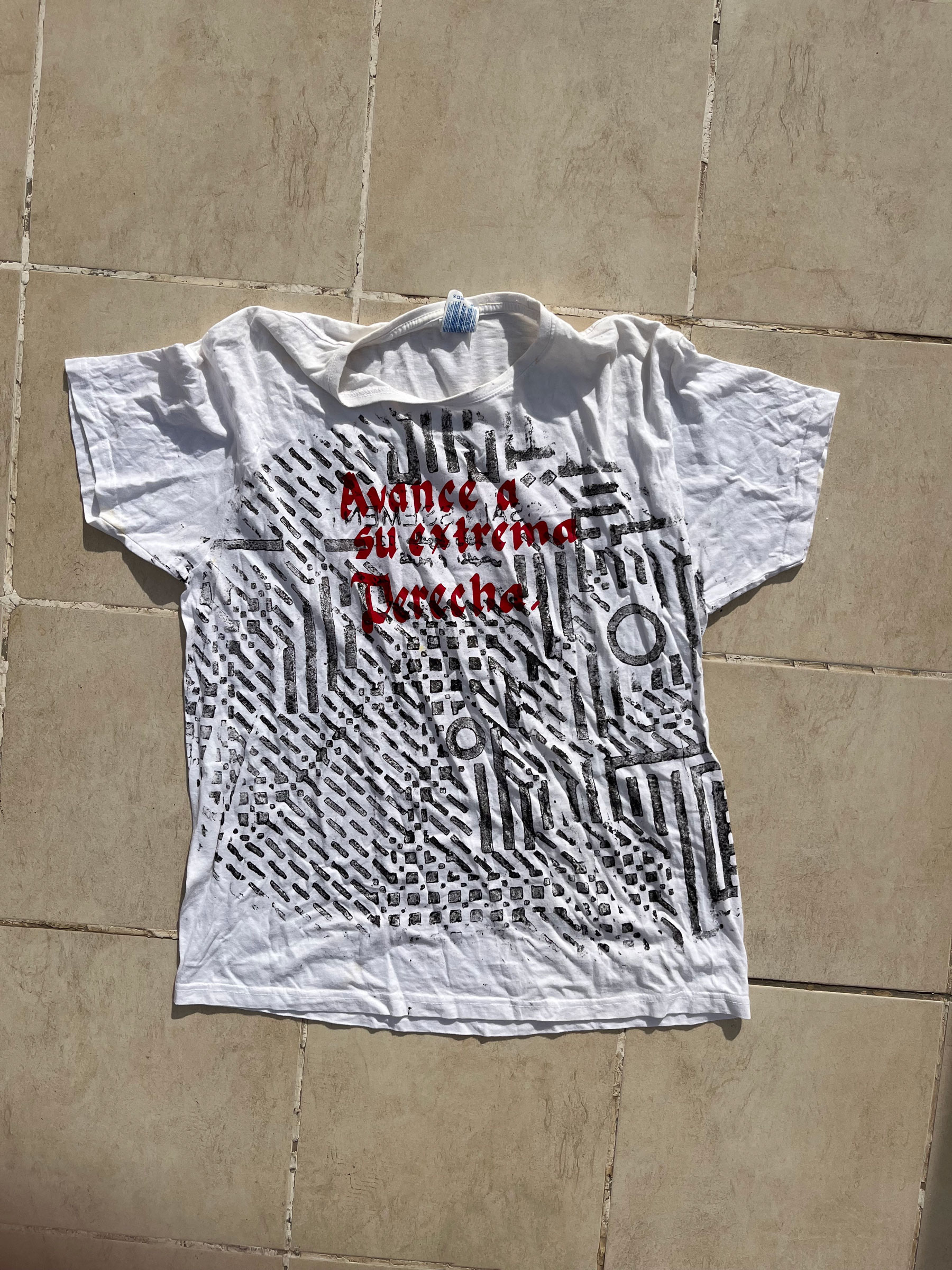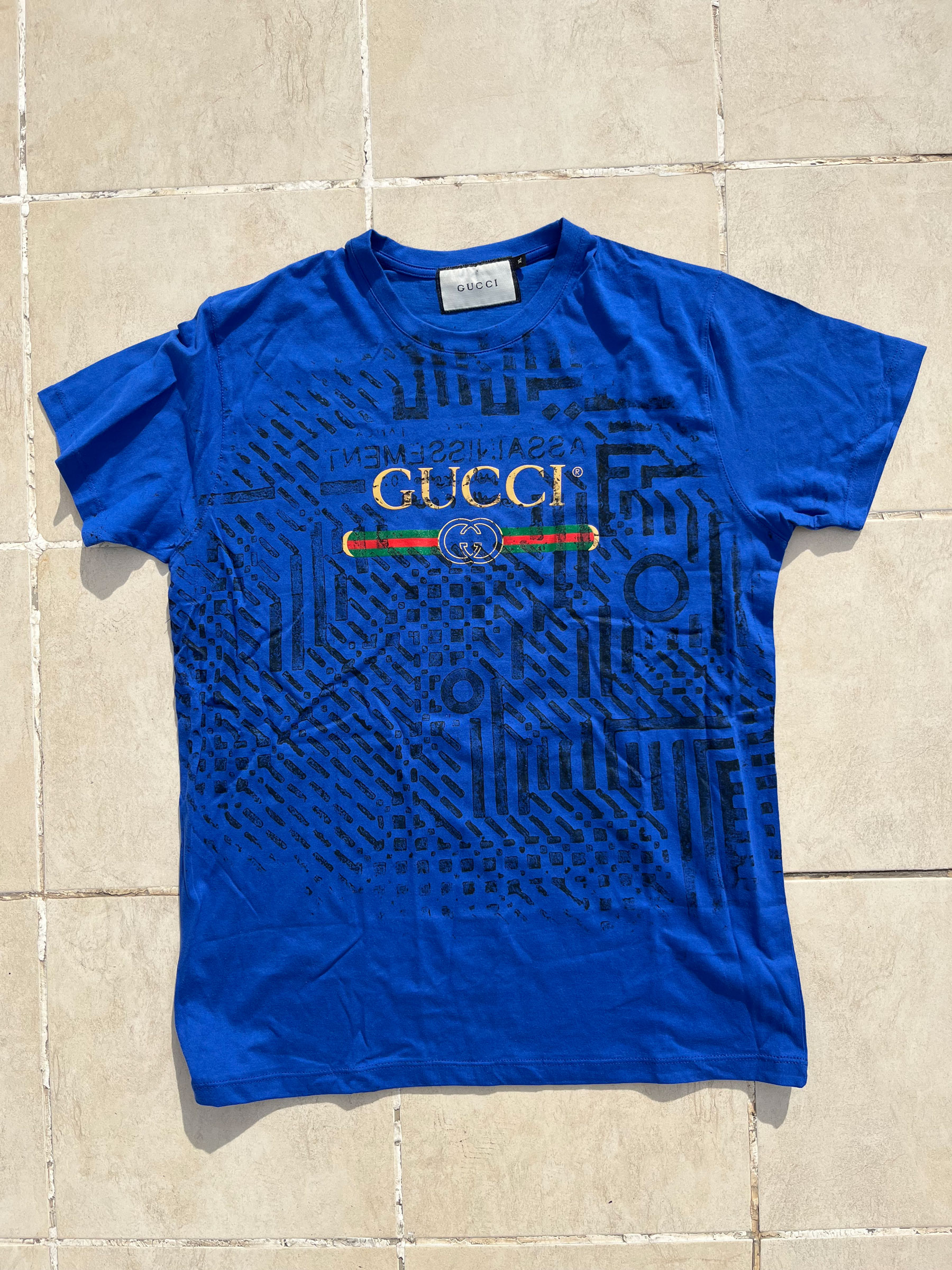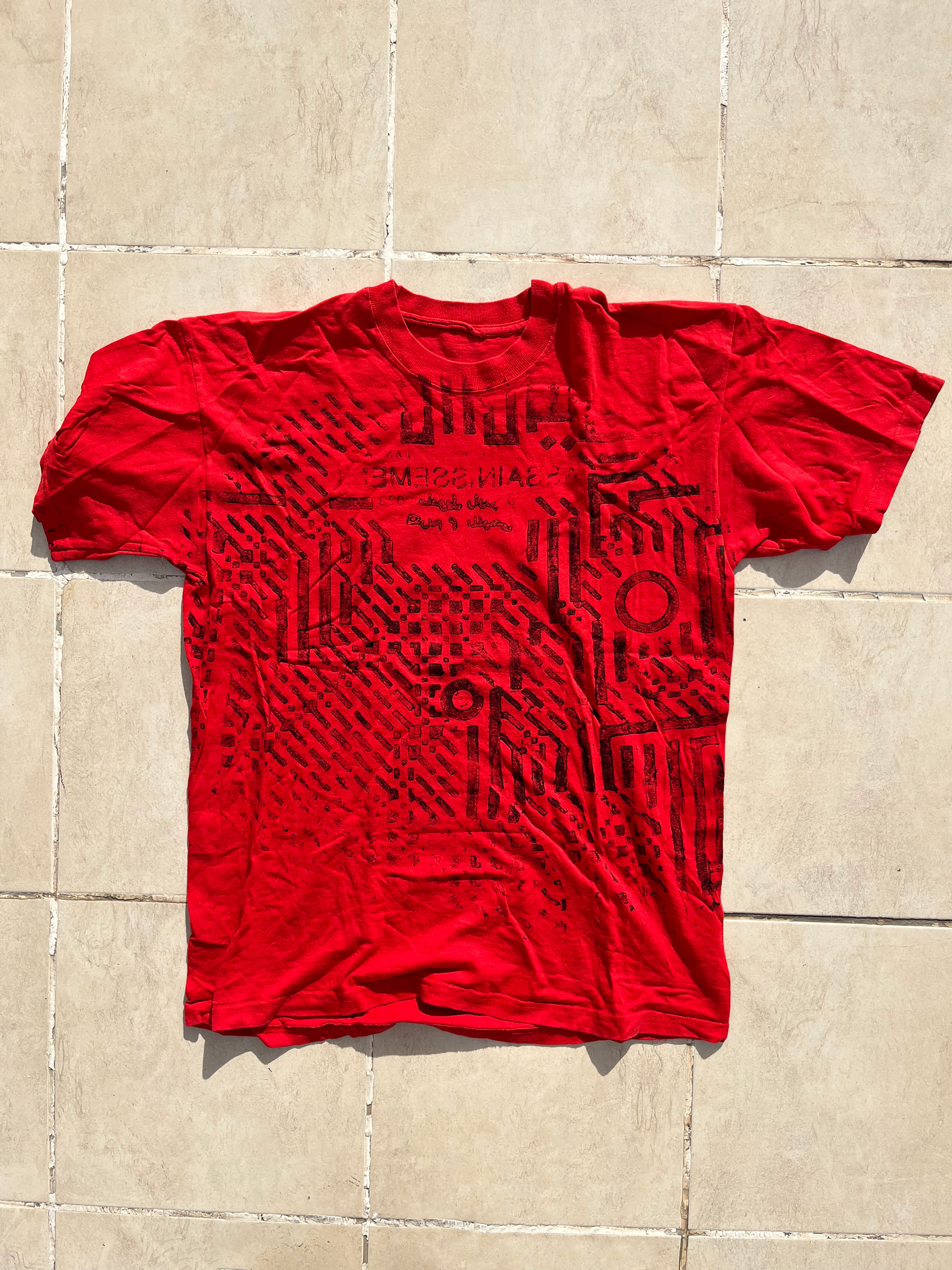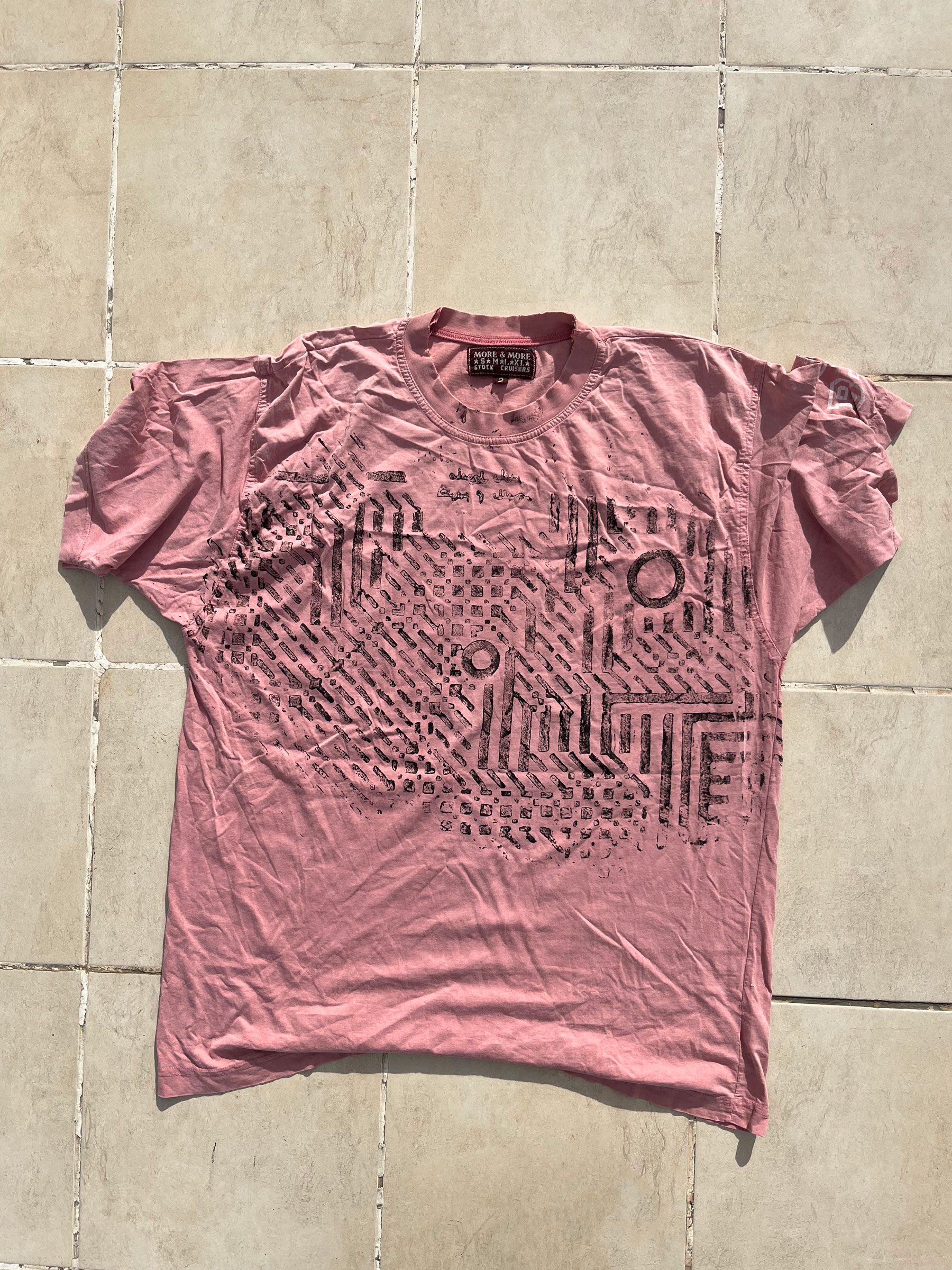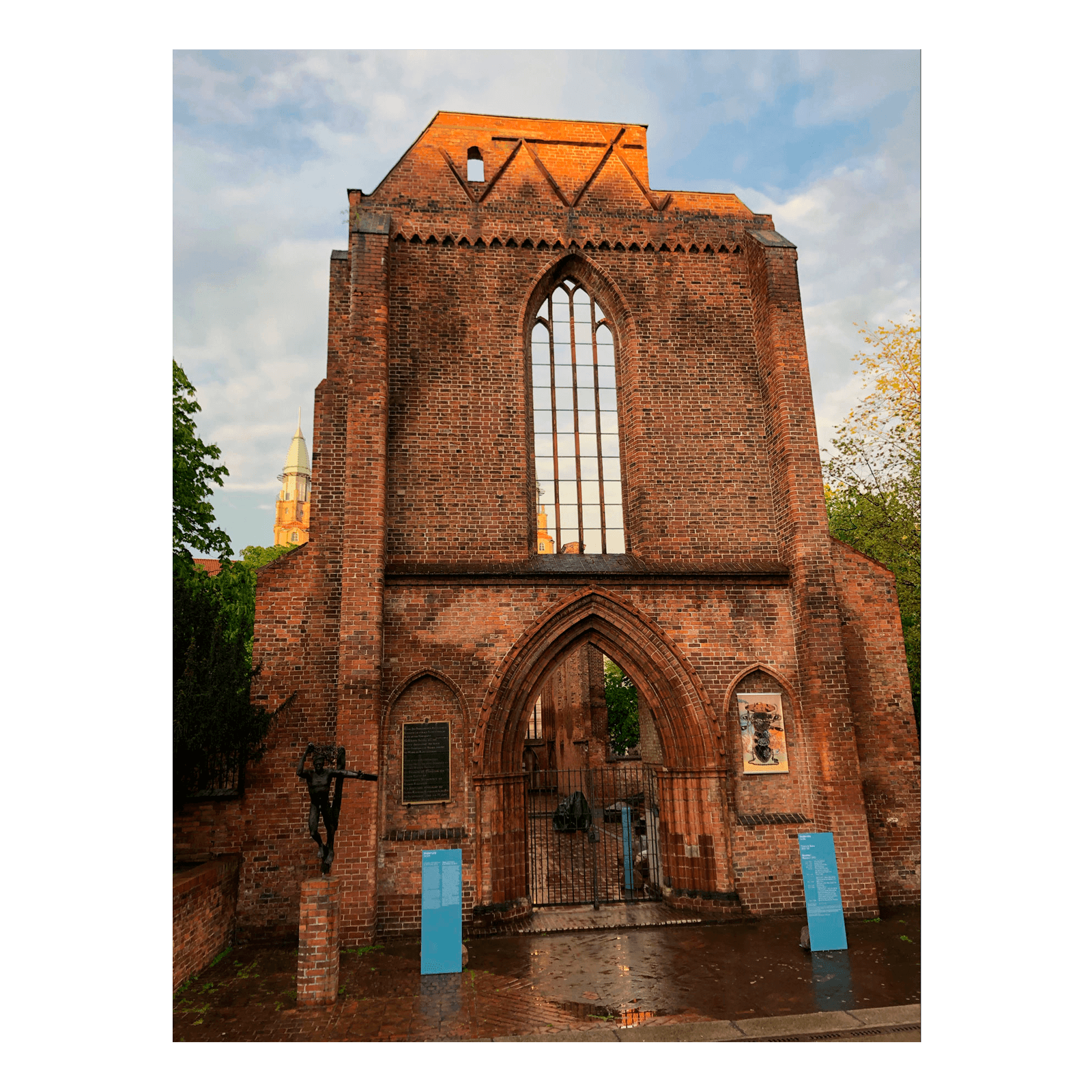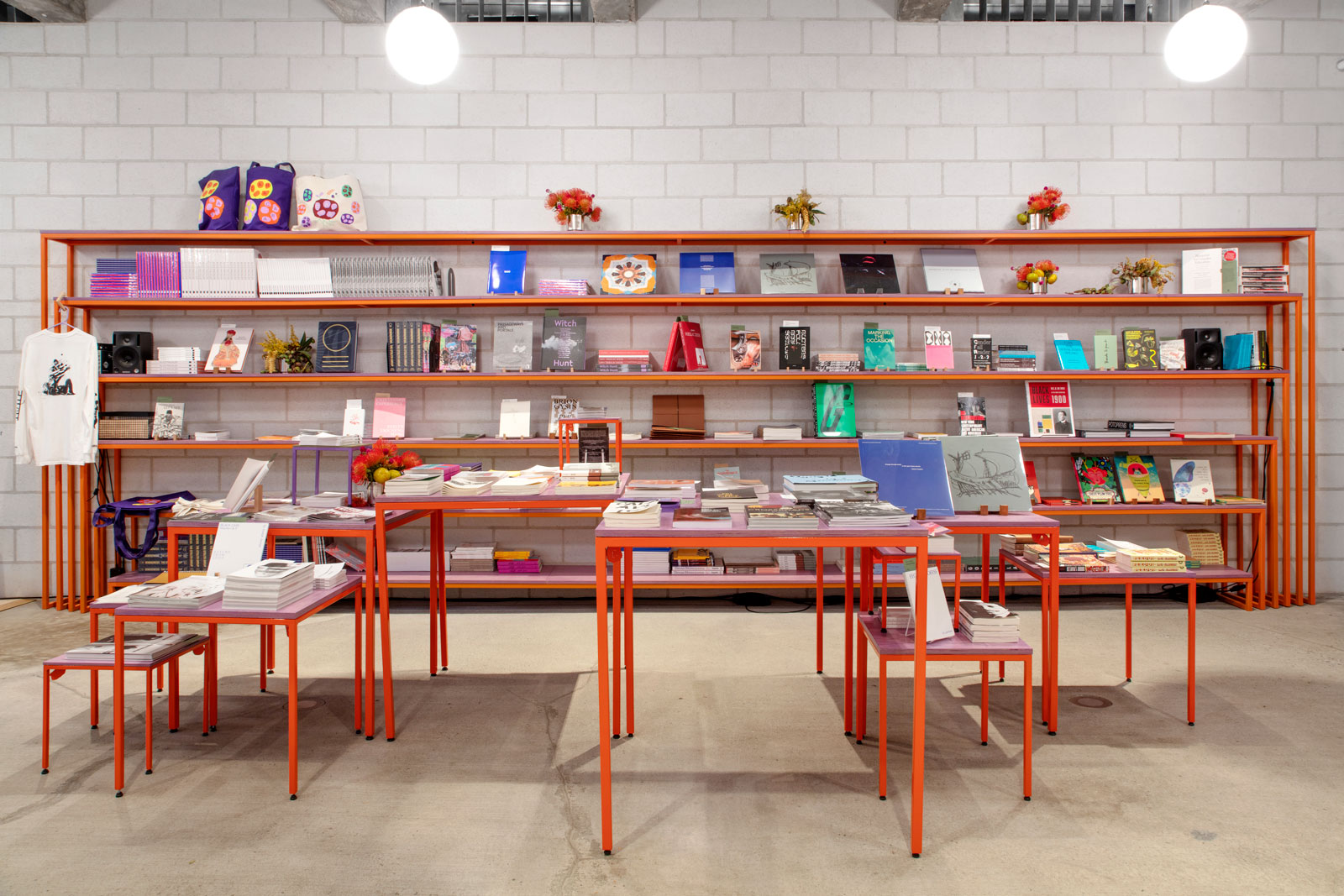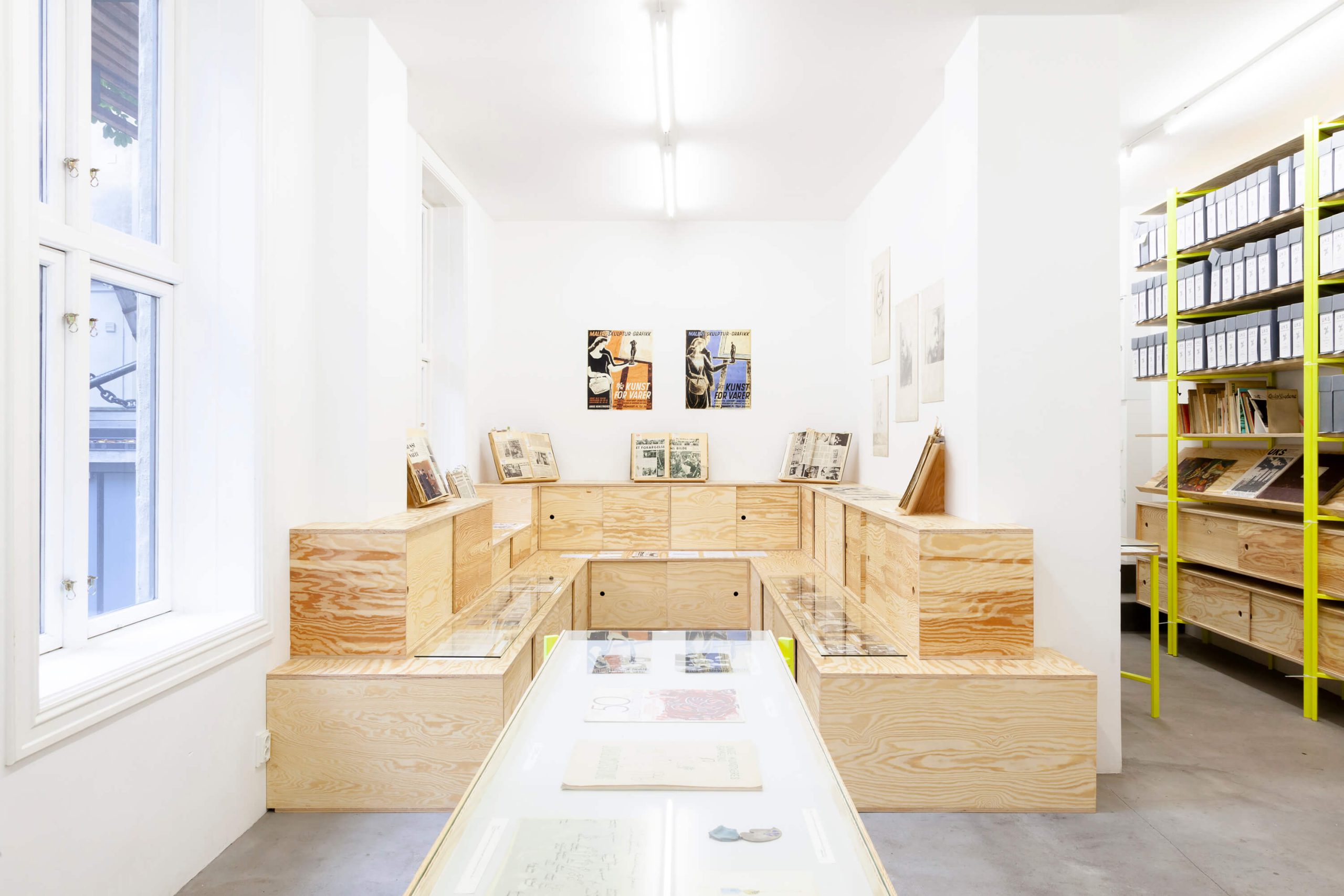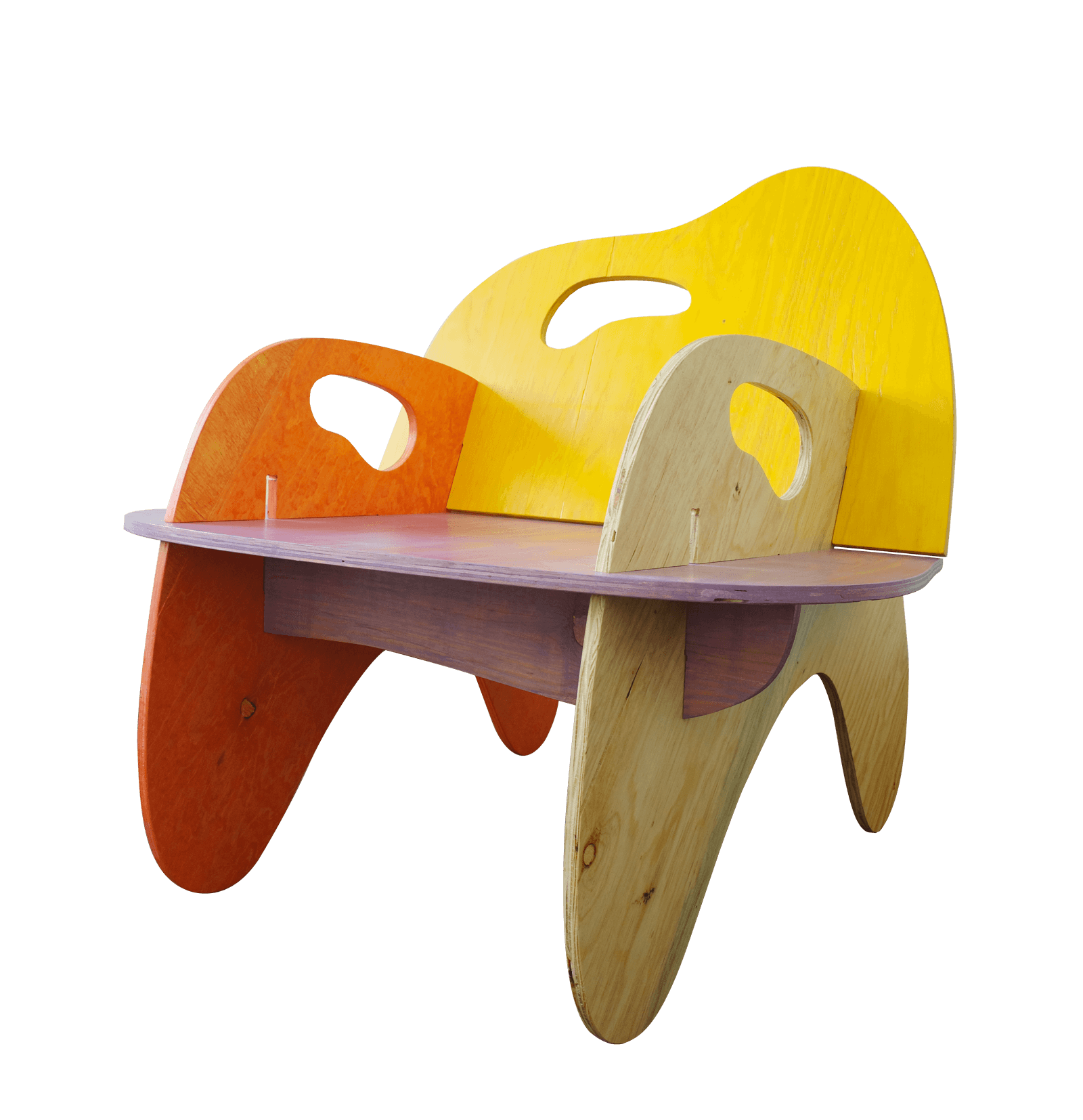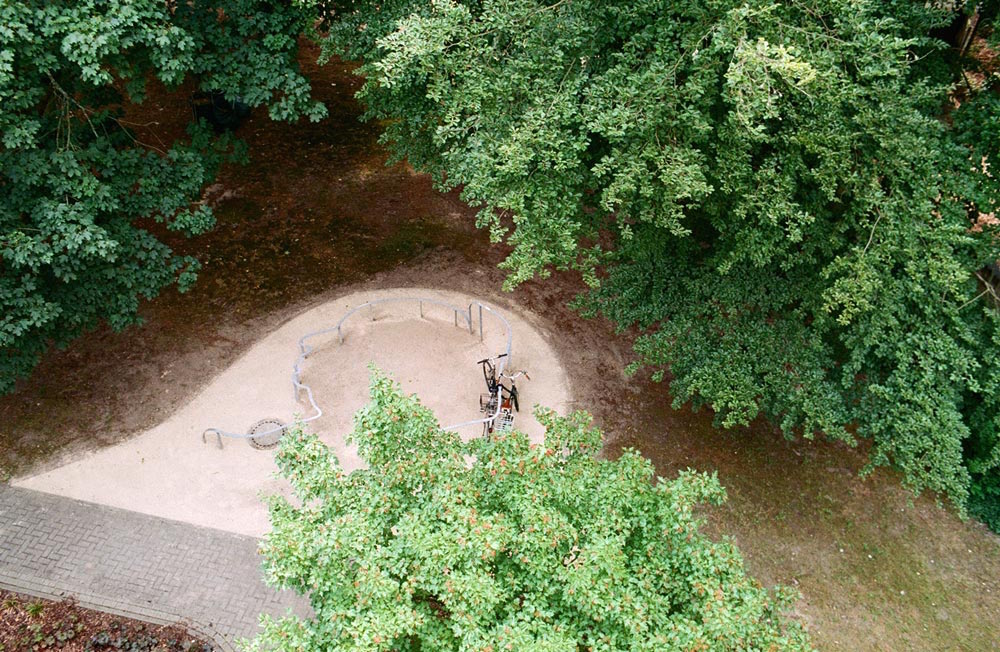School of Casablanca
School of Casablanca is a collaboration between ifa-Galerie Berlin, KW Institute for Contemporary Art (Berlin) and ThinkArt (Casablanca). It started in 2020 and was realized with the support of the Sharjah Art Foundation, the Goethe-Institute Morocco and Zamân Books & Curating. The project draws from the legacy of the Casablanca Art School and its innovative pedagogical methods, modernist aesthetics, and exhibition strategies in 1960s Morocco. Launched in 2020 with a residency program, it continues with an exhibition, which takes place at various locations in Casablanca between 11 November 2023 – 14 January 2024.
This collaborative initiative seeks to further the legacy of the Casablanca Art School in contemporary thought, which is relevant not only within a Moroccan context but also in relation to critical reflection on the traditions of Western methodology and self-perception.
School of Casablanca revisits and reinterprets the radical ideas and actions of the group of individuals (Farid Belkahia, Mohammed Chabâa, Bert Flint, Toni Maraini, and Mohamed Melehi) who shaped the original school at its peak (1964–69). In doing so, it draws from the spirit of experimentation, discourse, self-organization, and community building embodied by Souffles, a now-iconic Moroccan cultural magazine of the time. Founded as an avant-garde cultural review in 1966, its creators (Abdellatif Lâabi, Mostafa Nissaboury and Mohammed Khaïr-Eddine) collaborated extensively with the Casablanca Art School. Banned by the authorities in 1972, the magazine was an important focal point for Moroccan and international artists, poets, painters, filmmakers, playwrights, intellectuals, and other cultural figures.
Over the past years, the invited participants to School of Casablanca, ranging from artists, designers, and curators to independent researchers, conducted research and fieldwork within the city of Casablanca. They shared their process in a public program, which was hosted as part of the residency program. This exhibition brings the newly commissioned work into a dialogue with archival material, operating in the present while reflecting on the past. It takes place across five locations throughout the city of Casablanca, some of which were originally used by the Casablanca Art School, such as l’École Supérieure des beaux-arts de Casablanca and La Coupole du parc de la Ligue arabe. Divided into sections titled “Making Art Public,” “Modernist Aesthetics & Popular Art,” and “Artistic Practice & Everyday Life” and contextualizing the politically troublesome and culturally productive history in which modern Moroccan art was formed, the exhibition seeks to pose questions about the legacy of the Casablanca Art School, including the development of innovative pedagogical and artistic methodologies and the potentialities within the current socio-political climate of Casablanca and Morocco.
With contributions by: Bik Van der Pol, Céline Condorelli, Fatima-Zahra Lakrissa and Gilles Aubry, Manuel Raeder, Marion von Osten, Peter Spillmann, Abdeslam Ziou Ziou with Grocco-Trick 54, Sophia Attigui, Fatine Arafati, and Nassim Azarzar
Curators: Salma Lahlou, Director ThinkArt Casablanca; Krist Gruijthuijsen, Director KW Institute for Contemporary Art, Berlin; and Inka Gressel, Co-director, ifa-Galerie Berlin
During his residency at ThinkArt in Casablanca Manuel Raeder invited Trick54 Grocco in collaboration with Abdellah Archidi, Anwar Tawae for a screening and a live performance plus a walking tour through Casablanca guided by Trick54 Grocco. A tape looping workshop was organised together with Retro Cassette that playfully explored of the different musical styles and key players of the Moroccan and North African cassette scene. As a result for the School of Casablanca exhibition Manuel Raeder realised street furniture and manholes covers in public space of the City of Casablanca.
Manuel Raeder, Casablanca Street Furniture, 2023
30 modules, concrete, dimension variable
Production: Mafoder
Courtesy Manuel Raeder, Mafoder and School of Casablanca.
According to both Bauhaus and the Casablanca Art School, art should be integrated into all areas of life and appropriated by everyone, everywhere. In his practice, Manuel Raeder takes on this principle to make art and design accessible to all in public spaces. For School of Casablanca, he designed modular seating landscapes that rejects any restrictions. People are invited to project their own vision from skateboarding to yoga or simply looking at the sky. Donated by Mafoder as permanent seating to the City of Casablanca.
Manuel Raeder, Mohammed Chabâa Manhole, 2023, steel, 60 cm
and Mohamed Melehi Manhole, 2023, steel, 60 cm
Production: Mafoder
Courtesy Manuel Raeder, Mafoder and School of Casablanca.
Using the wave patterns in the paintings of Mohamed Melehi and Mohammed Chabaâ as reference points, Raeder transforms carpets, paintings, and patterns into manhole covers. He converts graphic references to the waves into ASCII (American Standard Code for Information Interchange) code, replaces them with the knotted typeface, and creates a pattern then used for nonslip surfaces on the manhole covers. The symbols used to compose the knotted typeface are the same geometric shapes that appear in the carpets produced in the Atlas Mountains, and they correspond to the knots produced by traditional weaving. Using Mafoder’s existing distribution system, the project is disseminated in the streets and public spaces of Morocco. In this way, it builds on the founding spirit of the Casablanca Art School: taking art outside and making it accessible and available to all.
